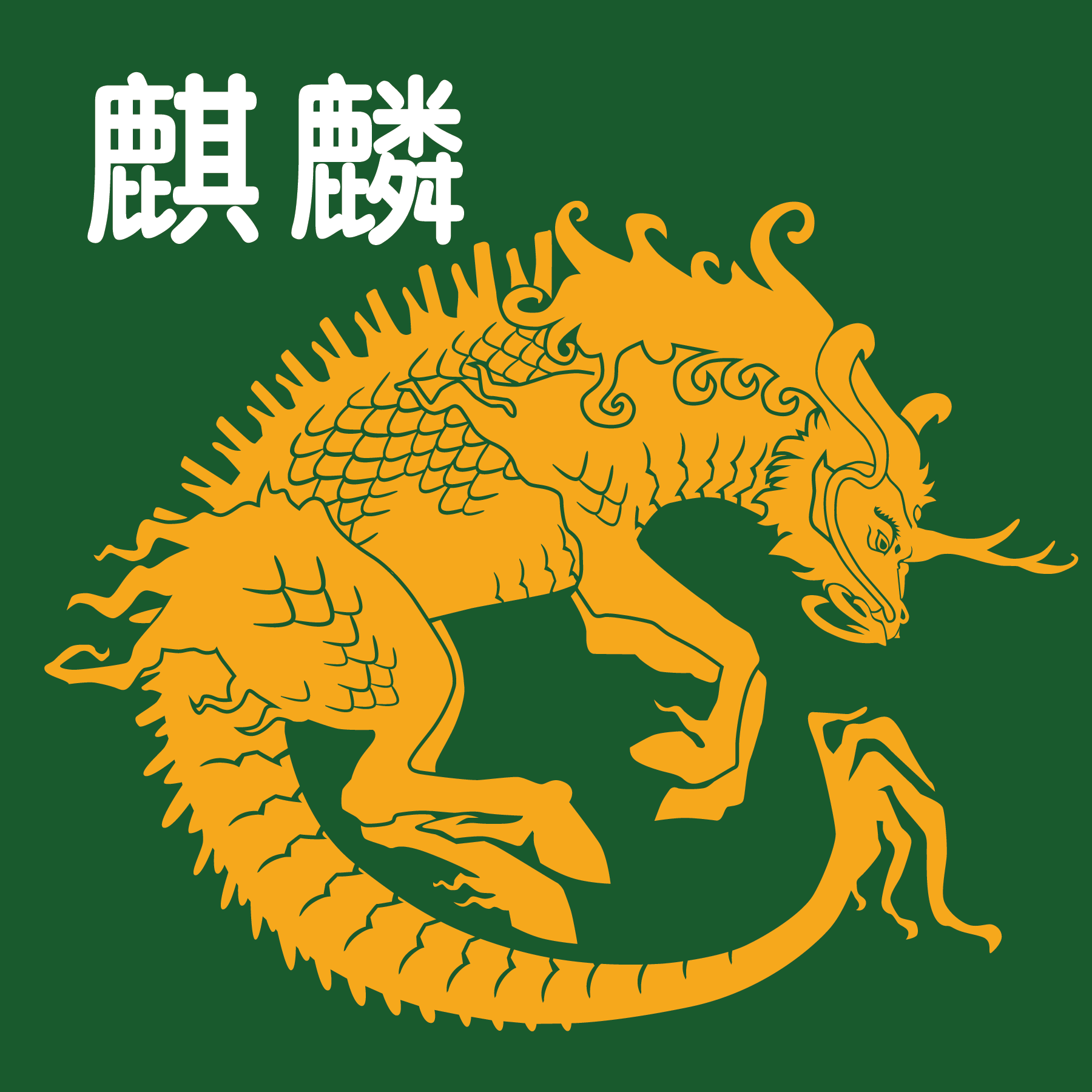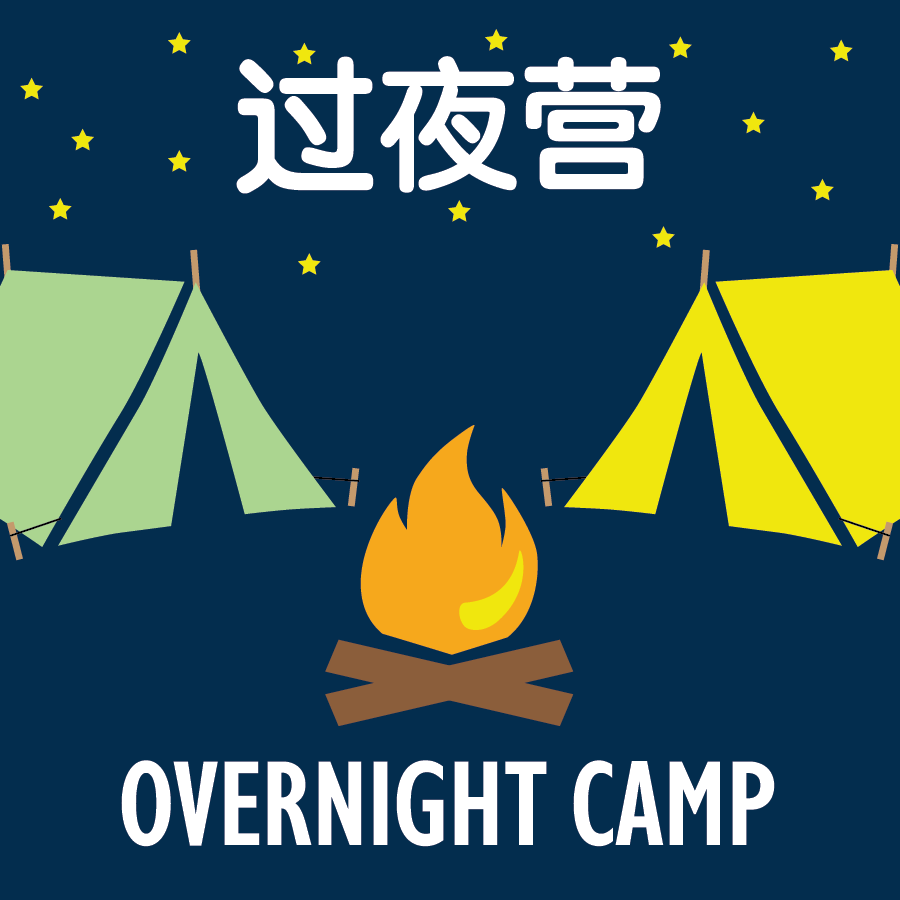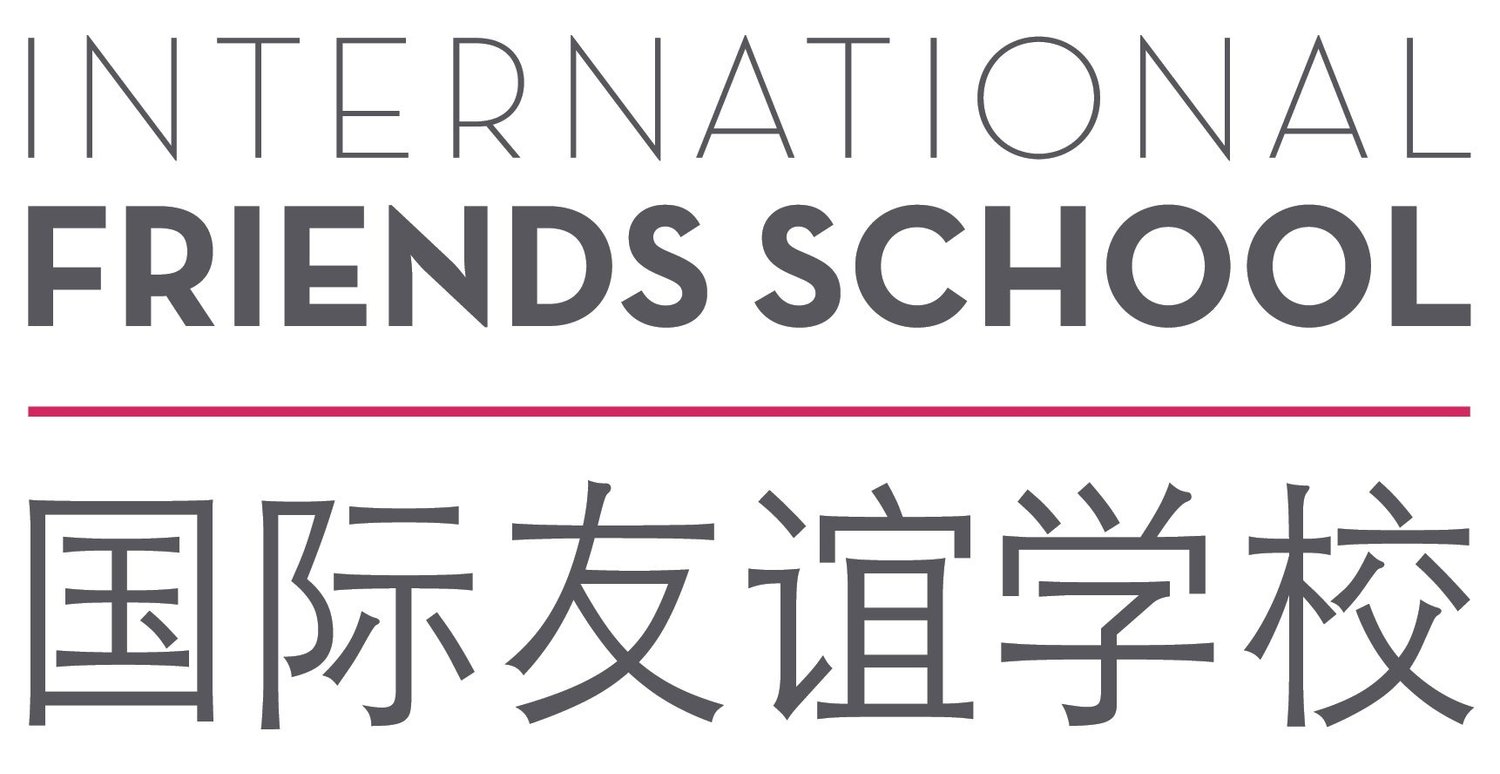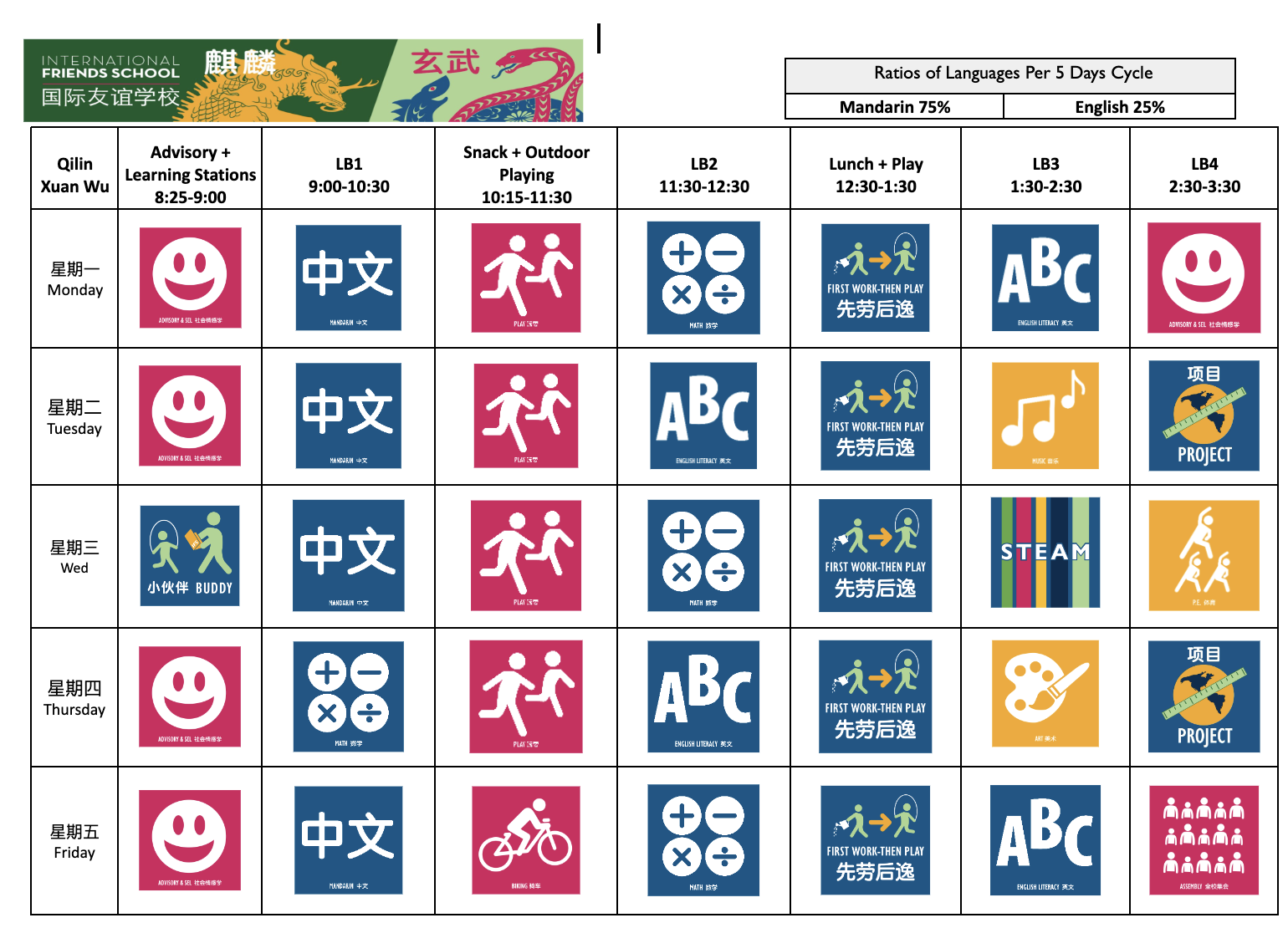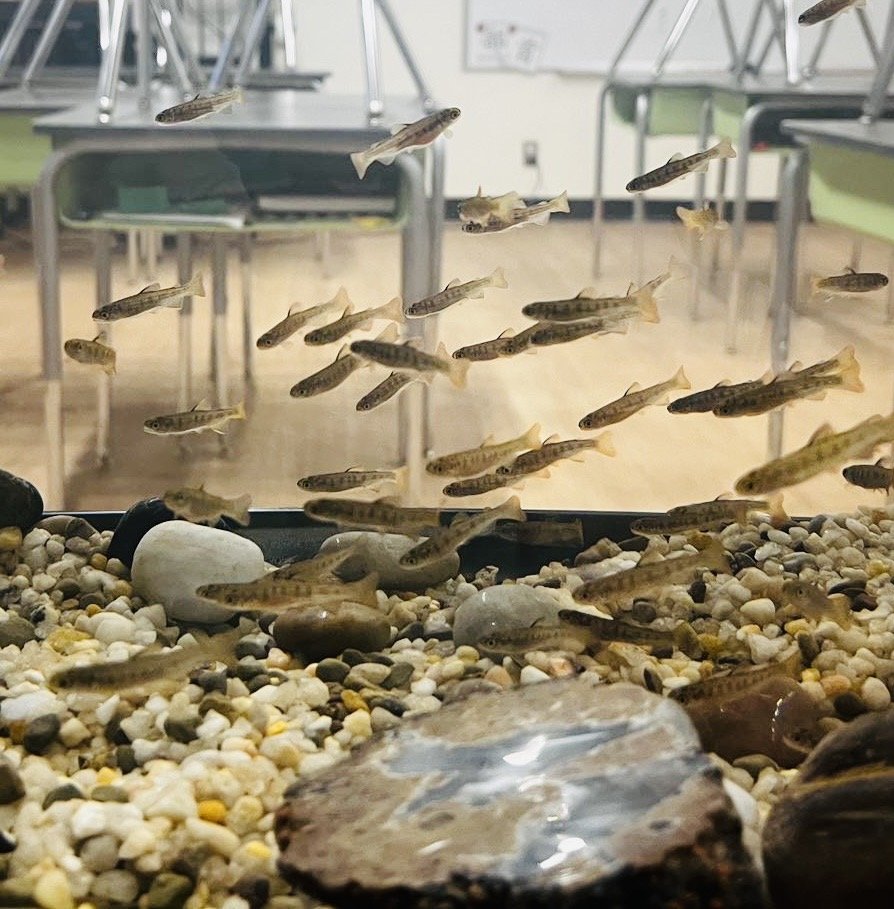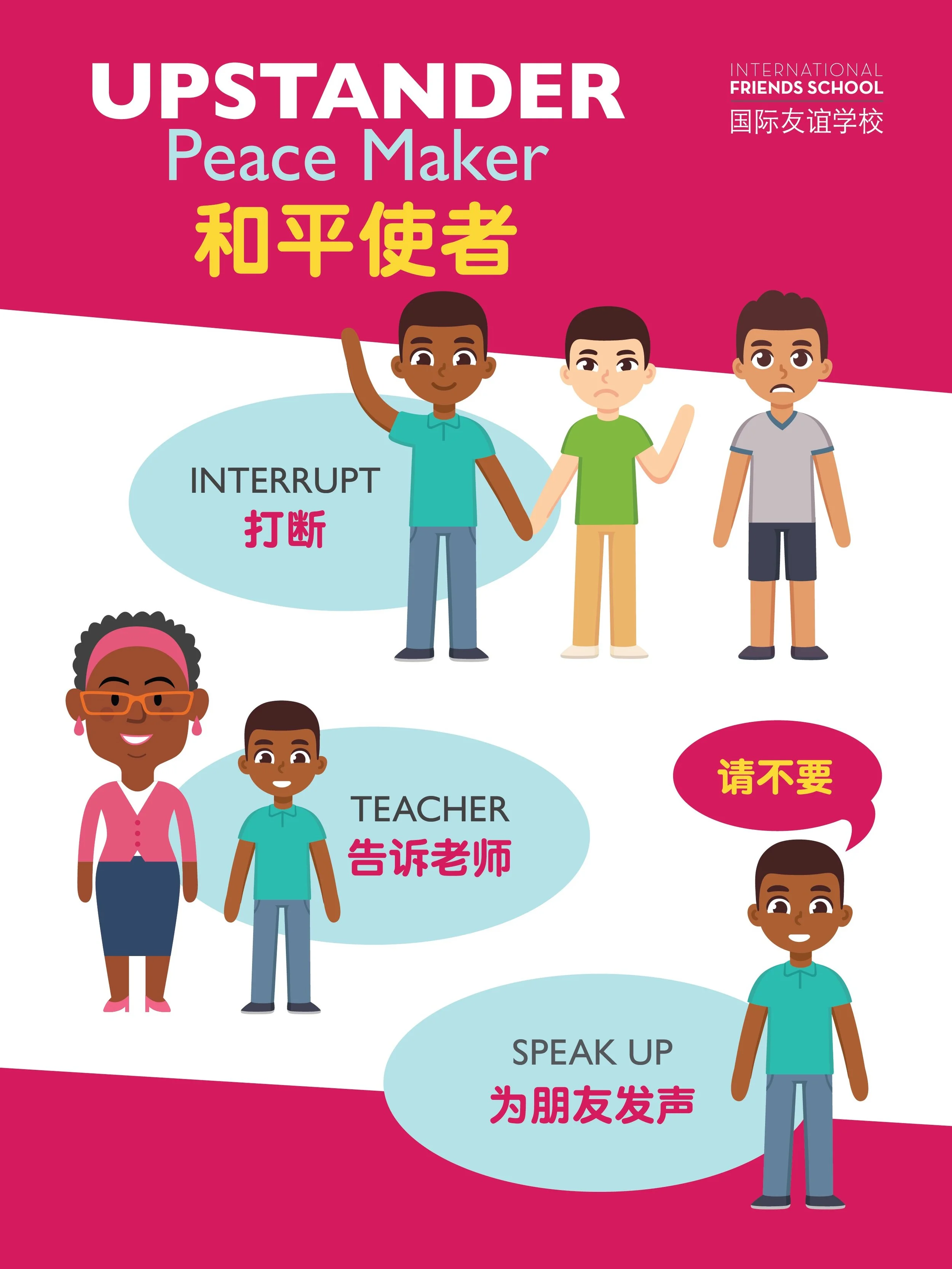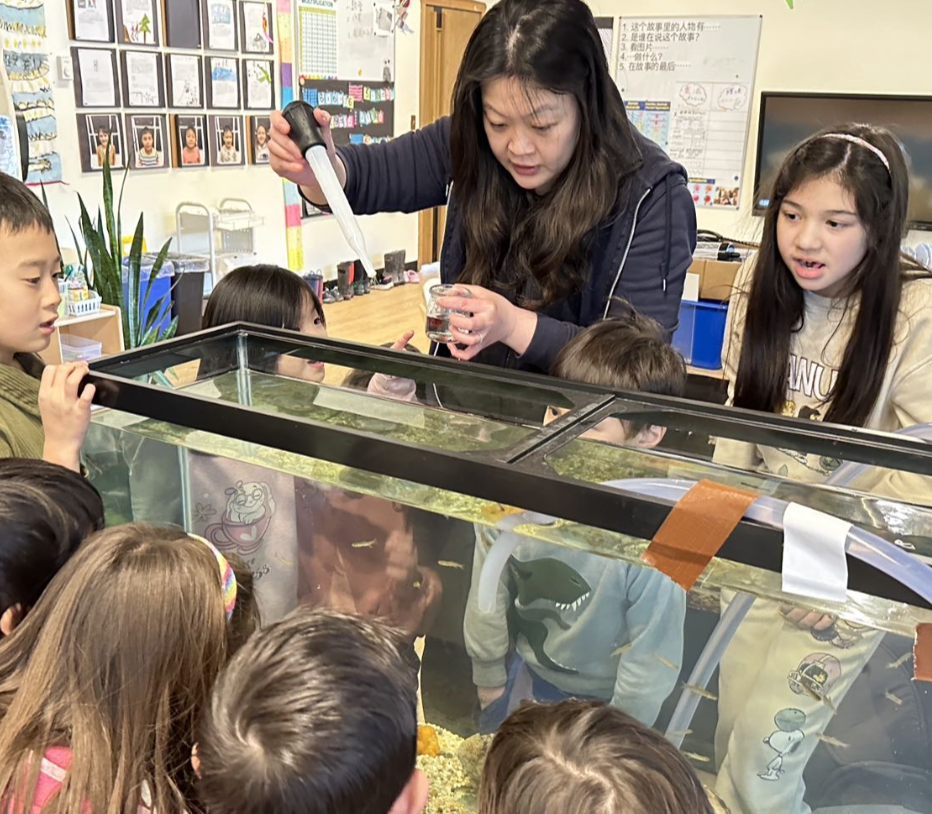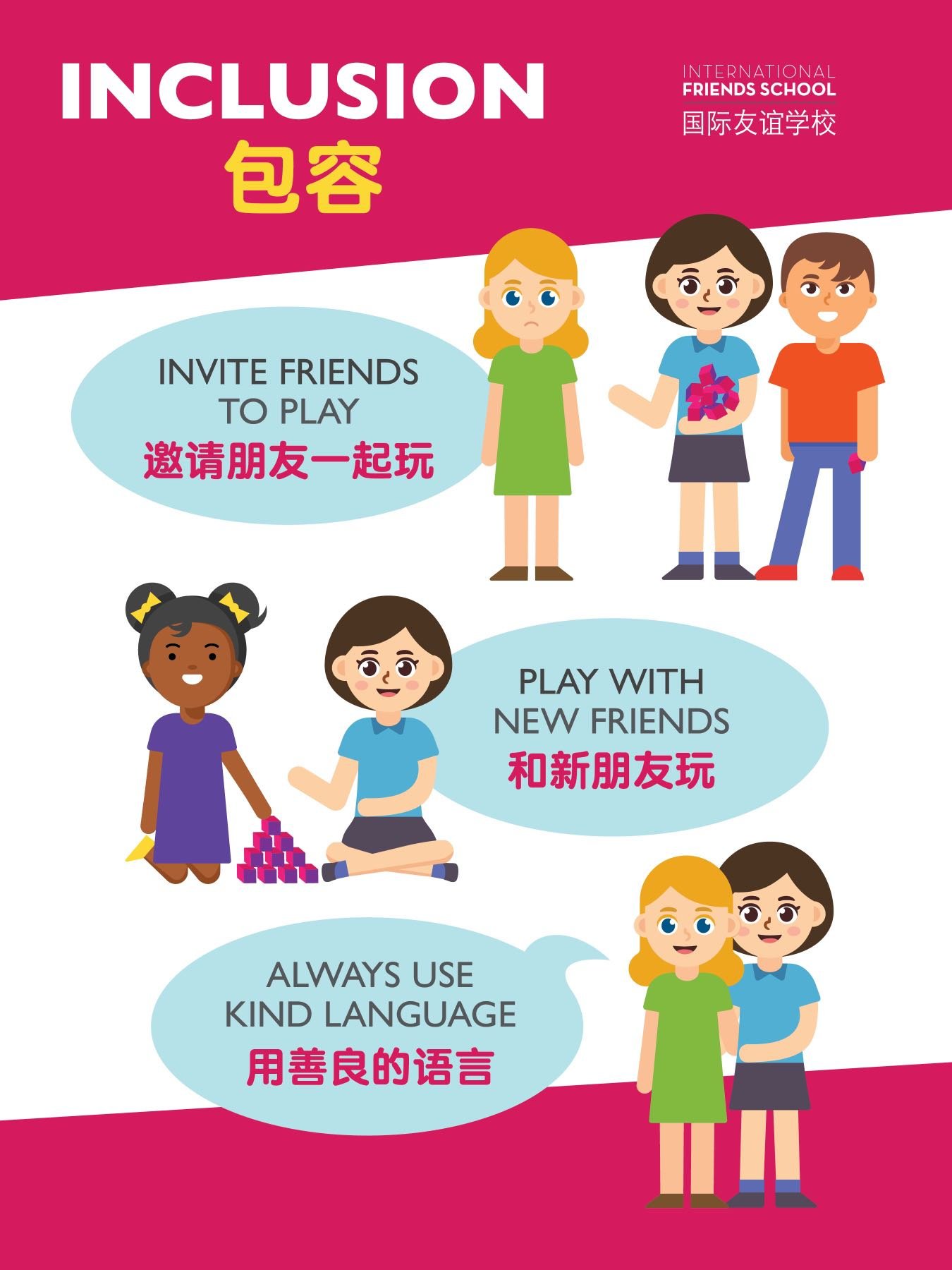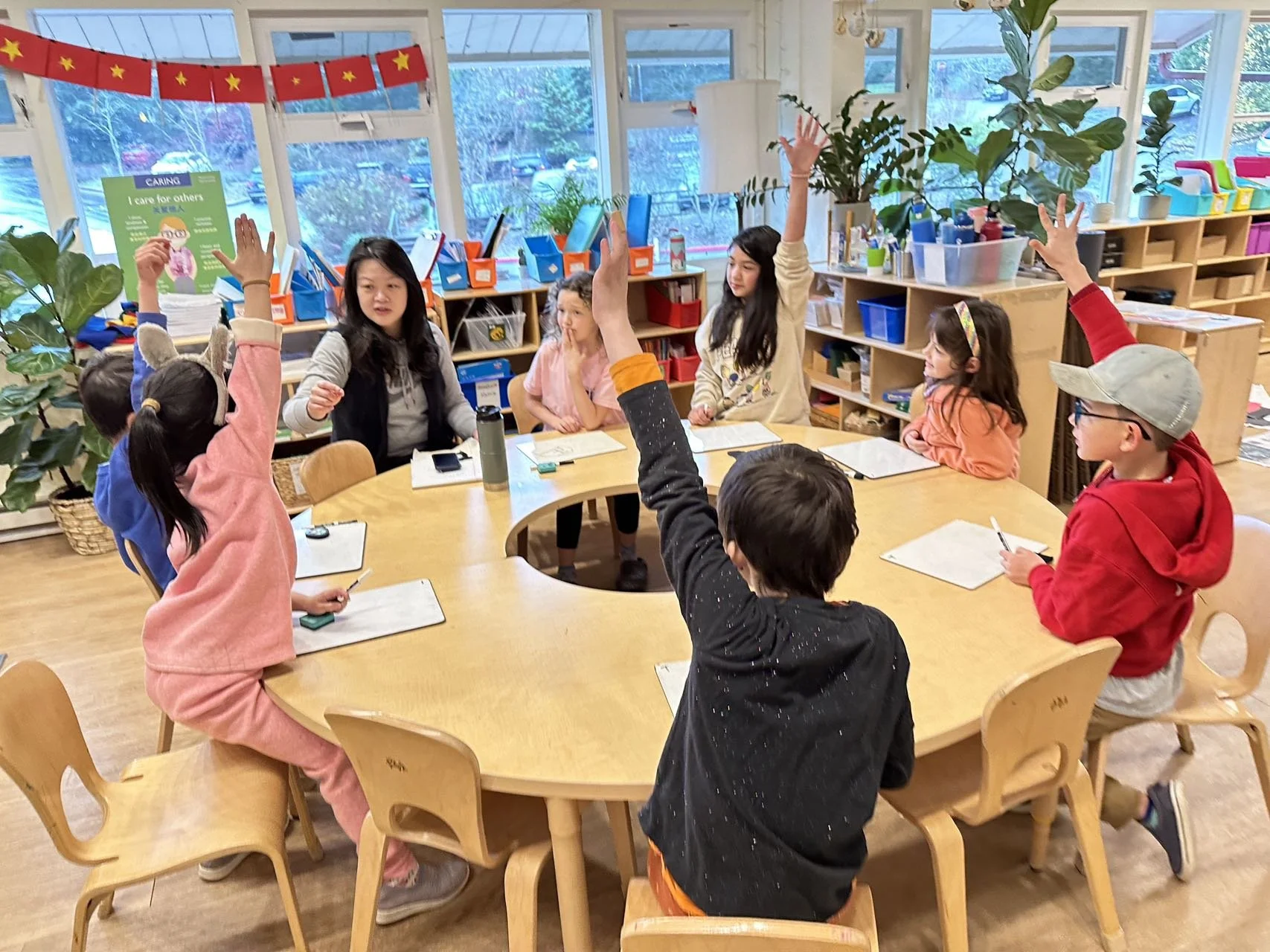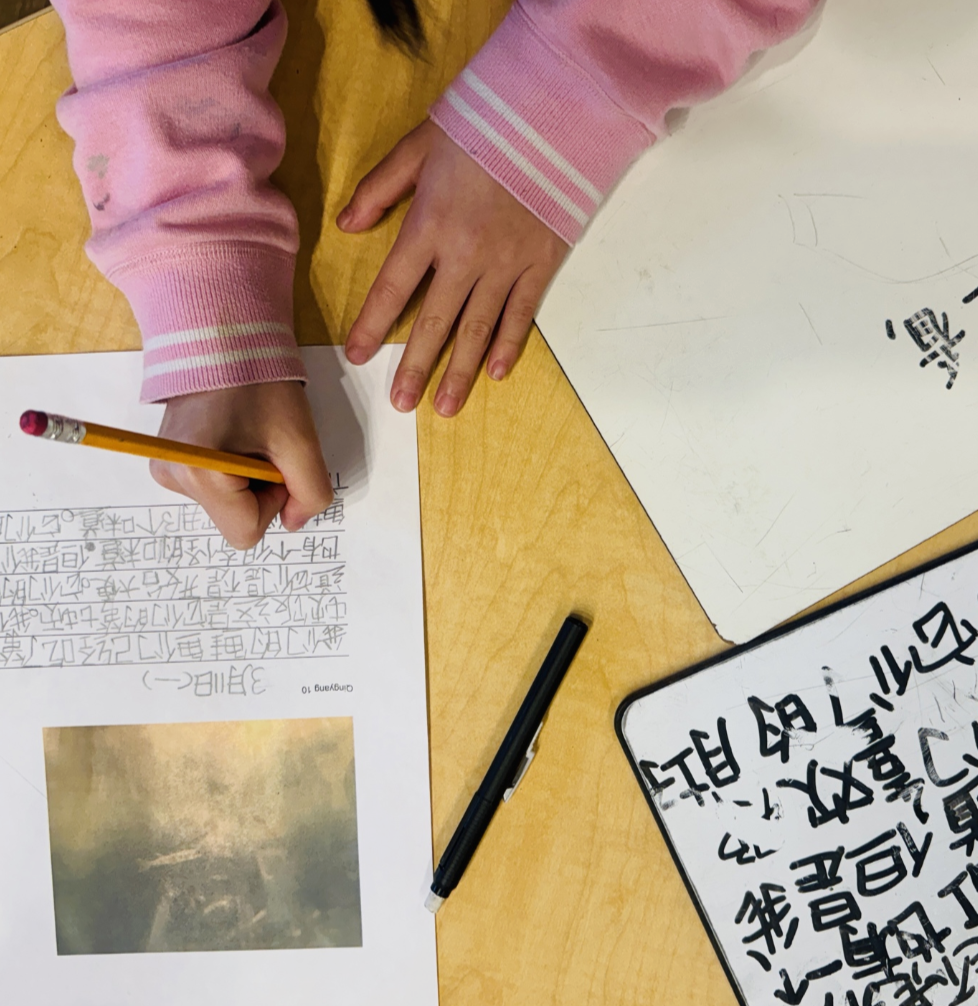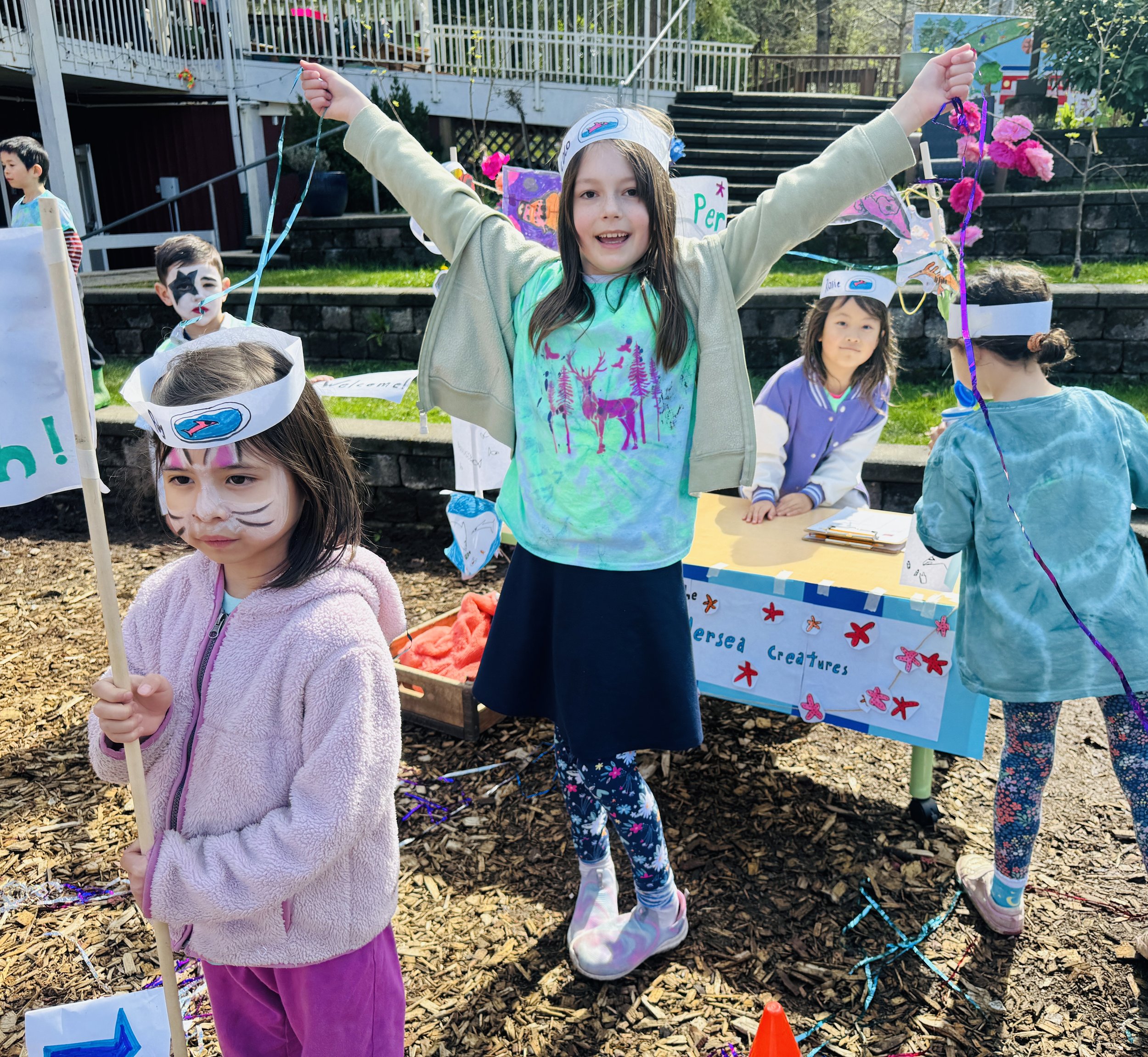
Third-Grade Program Overview - Xuanwu
Teacher-Student Ratio 1:8 (max)
Class Size: 16 Students (max)
Curriculum: The Xuanwu curriculum occurs in an 70% Mandarin immersion environment. Students attend core curricular classes and specialty classes each week, and have two hours daily for meals and playtime. IFS students also participate in ongoing enrichment in Quaker values, social-emotional learning, music, visual art, STEAM and P.E..
Language Ratio Mandarin 70%, English 30%
Assessment Results: Brief Overview of Assessment Results
Sample Schedule
3rd Grade Learning at IFS
In 3rd Grade, students thrive on collaboration and embrace 21st-century skills like creativity, communication, collaboration, and critical thinking. They excel in literacy in two languages and demonstrate resilience and skill in exceeding expectations.
Students are developing strong time management skills and independence, learning to type in Mandarin and using AI tools for content creation. They explore filmmaking through editing software as part of their projects.
Project-based learning includes early multiplication, time-telling, and exploring business concepts like profit and loss. Field trips across the Eastside and Seattle enhance their Mandarin research skills, culminating in an overnight camp in spring.
Projects integrate math and science skills directly, with students confidently presenting in two languages at trimester showcases. A strong foundation in Mandarin literacy is required for admission to the 3rd Grade program.
-
In third grade, students have the opportunity to participate in two field trips that align with their project units.
In the fall students have two project-related field trips. In early October students visit the Issaquah Hatchery to learn about salmon from experts and to pick up the salmon eggs they will raise during the school year. In late October students visit a Chinese architect in Bellevue to learn about building costs and sustainable housing development.
In the spring students will participate in a field trip to a park with a water source feeding into Lake Washington where they will release their salmon, where they join the salmon population in the Pacific Northwest.
In addition to these field trips, third grade students participate in the overnight trip to the Olympic Peninsula and also take public transit to the Bellevue library for research work.
-
Curriculum Resources: world news, world maps, UN Sustainability Goals and Quaker testimonies
About: Student Clubs offers Kindergarten students the unique opportunity to work across K-4th grade on collaborative explorations and initiatives. Students also explore world geography, world news, and major festivals around the world.
Led by the Head of School, Student Clubs is a deep dive into testimonies with students developing their own plans using the “Backward Design, Execute Forward” model.
Highlights from Student Clubs:
Students explore one testimony per trimester. In winter of 2024, Student Clubs explored the Stewardship Testimony.
In mixed age groups, they found an environmental cause.
They created a budget, and a plan for creating items to sell at the Sustainability Fair.
They created their own products, such as postcards, or coasters based on their theme. They also designed in close collaboration their booths.
They figured out net proceeds after costs and expenses and donated the amount to a cause that helps their animal and its habitat.
Core Subjects
-
Curricular Materials: Level Learning, Better Immersion, and authentic materials
Standards:
ACTFL for communication
Common Core State Standards for Reading and Writing skills
Examples of Key Skills
write 310 words by hand, 900 by typing (students learn hanyu pinyin romanization and the QWERTY keyboard)
recognize 900 words
recognize and read frequently seen words and highly contextualized words and phrases from IFS third grade curriculum
write multiple-paragraph essays with topics that are familiar to a third grader’s life experiences with a topic sentence, supporting details, and concluding sentences using a structured model
-
Curricular Materials: Illustrative Math, Shuxue (China’s national curriculum)
Standards: Common Core State Standards
Examples of Key Skills
Students can:
use multiplication and division within 100 to solve word problems in situations involving equal groups, arrays, and measurement quantities
tell and write time to the nearest minute and measure time intervals in minutes
measure and estimate liquid volumes and masses of objects using standard units of grams (g), kilograms (kg), and liters (l)
partition shapes into parts with equal areas. Express the area of each part as a unit fraction of the whole
-
Standards: Next Generation Science Standards, Common Core State Standards, UN Sustainability Goals
About: Third grade students engage in a project each trimester. Projects focus on an inquiry from either the physical or social sciences and integrate learning standards from Chinese and math. The project cycle often incorporates scientific investigations and culminates with a capstone project that students share with their parents at the end of the trimester. For a closer look at project-based learning in third grade, please see the projects below.
-
Curricular Resources: Logic of English, EPIC!, the Writing Revolution
Standards: Common Core State Standards
Examples of Key Skills
Students can:
read grade-level prose and poetry orally with accuracy, appropriate rate, and expression
read grade-level text with purpose and understanding
produce simple, compound, and complex sentences
write proficiently in the genres of opinion, informative and narrative writing
-
Curricular Materials: Everyday Speech
Standards: Common Core State Standards
Examples of Key Skills
Students can:
practice stress-management with new strategies
understand the importance of listening in class to show respect and to help us learn
understand the positive impacts being a team player and working well with others has on their relationships and interactions
Specialty Subjects
-
First graders are more comfortable with their bodies and personal space when moving in different directions at different speeds. They are also developing the resiliency to lose at games but feel the spirit of teammanship for trying hard.
Demonstrate foot patterns in hopping, jumping, skipping, leaping, galloping, and sliding.
Demonstrate control in balancing and traveling activities.
Demonstrate ability to work with a partner - such as leading and following.
Motor skills require correct practice.
Describe, select, and discuss physical activities for enjoyment and challenge.
Participate in moderate to vigorous physical activities daily that increase heart rate, breathing rate and perspiration
Participate in flexibility exercises for shoulders, legs, trunk etc…
Lift and support own bodyweight. Ex: hanging, hopping, jumping and crab positions.
Active vs. Inactive lifestyles.
Importance of protective equipment – shoes, clothing, helmets, kneepads, etc.
Know starting and stopping signals.
Know the physical boundaries and rules of activities.
Follow directions and apply safe movement practices
Interact, cooperate and respect others.
Resolve conflict with your words and/or teacher's help
-
While revisiting what the primary colors are, first graders also learn about the life and artwork of Piet Mondrian, continue to learn about various lines (horizontal and vertical) and learn about geometric shapes while creating their artwork.
They become better at portraits and begin to explore using clay to create sculptures.
-
Curricular Materials: Commonsense Media Curriculum (digital literacy), SFUSD K-2 Computer Science Curriculum (Computer Science), typing programs
Standards: Common Core State Standards
Examples of Key Skills
Science
Students learn about environmental conservation and sustainability.
Technology
Students learn foundational skills using digital tools, including computers, tablets, and educational software.
Students learn basic coding concepts and engage with robotics kits to explore principles of engineering and automation.
Engineering
Students apply the engineering design process to solve real-world challenges.
Students engage in hands-on design and construction activities such as building structures, designing vehicles, or creating simple machines.
Arts
Math
-
Our overnight environmental science programs in Olympic National Park allow students to engage in inclusive, hands-on learning experiences in the foothills of the Pacific Northwest's majestic Olympic mountains. Students explore an old-growth forest, the Elwha River, and pristine Lake Crescent while challenging themselves physically, building meaningful relationships, and discovering a caring relationship with the natural world. We collaborate with each school or group to ensure their program experience meets their educational goals.
Parents are not invited. Third Graders are chaperoned by teachers and administrators, and it serves as a developmental milestone.
-
Standards: Common Core State Standards
Examples of Key Skills
Students can:
begin to understand basic concepts of melody, such as recognizing and singing simple melodies, understanding intervals, and identifying high and low pitches
express themselves creatively through music, whether improvisation, composition, or interpretation of musical pieces.
learn to read, write, and perform rhythms using quarter notes, eighth notes, and rests
learn about different styles of music from various cultures and historical periods, including folk music, classical music, and music from different regions of the world
Project Based Learning in Third Grade
From interviews to innovation: Students create affordable housing solutions for immigrants, merging social studies, language, and cutting-edge technology.
Our students explore immigration and housing needs in Bellevue, Washington, learning how taxation supports affordable housing. They interview a Chinese-speaking immigrant to understand their housing needs, then design a budget-friendly tiny house for the client. For their capstone project, they create and share a 3D-printed floor plan with the client.
-
Students can:
Interviewing Skills: Students will prepare and conduct an interview in Mandarin with a Chinese-speaking immigrant about their housing needs.
Vocabulary Acquisition: Students will learn and use Mandarin vocabulary related to housing, immigration, and local government.
Listening Comprehension: Students will demonstrate understanding of the interviewee's responses about their housing experiences and needs.
Speaking: Students will present their tiny house design to the client in Mandarin, explaining key features and how it meets the client's needs.
Writing: Students will write simple descriptions of their tiny house design in Mandarin, including basic floor plan labels.
-
Students will engage in learning that addresses:
Local Government: Students will understand the basic structure and functions of local government in Bellevue, Washington, including how it addresses housing issues.
Taxation: Students will learn about property taxes and how they contribute to funding local services, including affordable housing initiatives.
Immigration: Students will explore the concept of immigration, reasons why people immigrate, and the experiences of immigrants in their local community.
Cultural Diversity: Students will recognize and appreciate the cultural diversity brought by immigrants to Bellevue, with a focus on the Chinese-speaking community.
Community Needs: Students will identify and analyze the housing needs of different groups within their community, including immigrants and low-income residents.
Civic Responsibility: Students will understand the importance of civic engagement in addressing community issues like affordable housing.
Economic Concepts: Students will learn basic economic concepts related to housing, such as supply and demand, and how they affect housing affordability.
Historical Context: Students will explore how housing and immigration patterns in Bellevue have changed over time.
Geographic Skills: Students will use maps and other geographic tools to analyze housing patterns and immigrant populations in Bellevue.
Decision Making: Students will learn about the process of community decision-making regarding housing policies and development.
Human Rights: Students will understand that access to adequate housing is considered a basic human right.
Urban Planning: Students will be introduced to basic concepts of urban planning and how it affects housing development in their community.
Cultural Adaptation: Students will learn about how immigrants adapt to new living environments and how housing plays a role in this adaptation.
Community Resources: Students will identify community resources available to assist immigrants and those in need of affordable housing.
Comparative Study: Students will compare housing situations in Bellevue with those in the countries of origin of local immigrant populations.
These standards provide a comprehensive framework for understanding the social, economic, and cultural aspects of immigration and housing in Bellevue. They encourage students to think critically about community issues and develop empathy for diverse populations within their city.
-
Students will address:
Sustainable Design: Students will explore eco-friendly materials and energy-efficient design principles for their tiny house.
3D Printing Technology: Students will learn about the basic principles of 3D printing, including how 3D printers work and the types of materials they use.
3D Design Software: Students will be introduced to age-appropriate 3D design software and learn basic skills to create simple 3D models.
Digital to Physical: Students will understand the process of converting digital 3D designs into physical objects using a 3D printer.
3D Printing in Architecture: Students will explore how 3D printing is used in architectural design and model-making.
Materials Science: Students will learn about different types of 3D printing materials and their properties, focusing on those suitable for architectural models.
Scale Models: Students will understand the concept of scale and how to create accurate scale models using 3D design and printing.
Climate and Housing: Students will investigate how local climate influences housing design in Bellevue and how to represent these considerations in their 3D models.
Energy Systems: Students will learn about basic home energy systems and how to incorporate them into their 3D designs.
Environmental Impact: Students will assess the environmental impact of 3D printing compared to traditional model-making methods.
Iterative Design Process: Students will learn about and engage in the iterative design process, using 3D printing to refine and improve their tiny house designs.
Troubleshooting: Students will learn basic troubleshooting skills for both 3D design software and 3D printing hardware.
These additional standards incorporate the use of 3D printers and 3D design software into the project, allowing students to engage with these technologies in a meaningful way. They'll learn not just about the technologies themselves, but also how they can be applied to real-world problems like housing design. This hands-on experience with advanced technology aligns well with STEM education goals and provides valuable skills for future learning and careers.
-
Students can:
relate area to the operations of multiplication and addition
find the area of a rectangle with whole-number side lengths by tiling it, and show that the area is the same as would be found by multiplying the side lengths
multiply side lengths to find areas of rectangles with whole-number side lengths in the context of solving real-world and mathematical problems, and represent whole-number products as rectangular areas in mathematical reasoning
use tiling to show in a concrete case that the area of a rectangle with whole-number side lengths a and b + c is the sum of a × b and a × c. Use area models to represent the distributive property in mathematical reasoning
find areas of rectilinear figures by decomposing them into non-overlapping rectangles and adding the areas of the non-overlapping parts, applying this technique to solve real-world problems
Students travel from polar ice to tropical rain: Students investigate weather patterns and craft solutions for a warming world.
Students study weather patterns across diverse global regions like the Pacific Northwest, tropics, and polar zones, analyzing data through tables and graphics to depict typical conditions. They also explore recent shifts in weather patterns influenced by global warming.
Their capstone project involves creating a poster to raise awareness about climate change impact and crafting a persuasive essay proposing solutions to mitigate weather-related hazards.
-
Students can:
read, write, and communicate using Mandarin words related to weather, such as:
天气 (weather), 气候 (climate), 热带 (tropics), 极地 (polar region), 全球暖化 (global warming)
-
Weather Patterns: Students will identify and describe weather patterns in different global regions.
Climate Zones: Students will understand the characteristics of different climate zones (tropical, temperate, polar).
Weather Instruments: Students will learn about various instruments used to measure weather conditions.
Global Warming: Students will explore the basic concepts of global warming and its effects on weather patterns.
Weather Hazards: Students will identify different weather-related hazards and their potential impacts.
Climate Change Mitigation: Students will investigate simple solutions to mitigate the effects of climate change.
-
Students can:
Data Collection and Representation: Students will collect and organize weather data from different regions into tables and graphs.
Measurement: Students will use standard units to measure temperature, precipitation, and wind speed.
Averages: Students will calculate average temperatures and rainfall for different regions.
Comparing Numbers: Students will compare and order temperature and precipitation data from different regions.
Interpreting Graphs: Students will read and interpret various types of weather graphs, including line graphs and bar charts.
Probability: Students will discuss the likelihood of certain weather events in different regions.
-
Students can:
Goal 13 (Climate Action):
Students will learn about climate change and propose actions to combat its effects.
Goal 14 (Life Below Water):
Students will explore how changing weather patterns affect marine ecosystems.
Goal 15 (Life on Land):
Students will examine how climate change impacts terrestrial ecosystems in different regions.
Goal 11 (Sustainable Cities and Communities):
Students will consider how communities can prepare for and mitigate weather-related hazards.
Goal 4 (Quality Education):
The project itself contributes to quality education by providing comprehensive, cross-curricular learning about a critical global issue.
Goal 17 (Partnerships for the Goals):
Students will understand the need for global cooperation in addressing climate change.
These standards provide a comprehensive framework for the project, integrating mathematical skills, language learning, scientific inquiry, and sustainability concepts in a manner appropriate for 3rd-grade students.
The project encourages critical thinking about global issues while developing important academic and communication skills.
Third-graders embark on a year-long journey nurturing salmon from egg to release, exploring ecology, culture, and conservation.
The Salmon Life Cycle project spans a year, with students raising salmon from Issaquah Hatchery eggs. They care for the salmon by feeding them and monitoring water quality, while exploring the salmon's life cycle, its cultural significance to Native Peoples, and the importance of conservation.
As part of their final project, students produce a film showcasing their journey and insights into salmon preservation for the IFS community.
-
Students can:
Vocabulary Acquisition: Learn and use salmon-related terms like 鲑鱼卵 (guīyú luǎn, salmon eggs), 溪流 (xīliú, stream), 洄游 (huíyóu, migration).
Descriptive Writing: Practice writing short descriptions of the salmon's growth and habitat in Mandarin.
Oral Presentation: Prepare and deliver brief presentations in Mandarin about different stages of the salmon life cycle.
Reading Comprehension: Read and understand simple texts in Mandarin about salmon conservation.
Cultural Expressions: Learn Mandarin phrases related to the cultural significance of salmon.
-
Life Cycles: Study and document the salmon life cycle from egg to adult.
Ecosystems: Explore the salmon's role in aquatic and terrestrial ecosystems.
Water Quality: Learn about and monitor pH, temperature, dissolved oxygen, and other parameters.
Anatomy and Physiology: Study salmon anatomy and how it changes through different life stages.
Genetics: Introduce basic concepts of salmon genetics and breeding.
Environmental Science: Investigate how pollution and habitat changes affect salmon populations.
Climate Science: Examine how changing climate patterns impact salmon habitats and migration.
-
Students can:
Data Collection and Analysis: Record and analyze data on salmon growth rates and water quality.
Graphing: Create and interpret line graphs showing salmon growth over time.
Measurement: Use standard and metric units to measure salmon length and water parameters.
Percentages: Calculate survival rates of salmon at different life stages.
Problem Solving: Use math skills to solve real-world problems related to salmon conservation.
-
Native American Culture: Study the spiritual and practical importance of salmon to local tribes.
Local History: Examine historical salmon populations and fishing practices in the Pacific Northwest.
Environmental Policy: Introduce concepts of fishing regulations and habitat protection laws.
Community Engagement: Explore how local communities contribute to salmon conservation efforts.
Economic Impact: Discuss the role of salmon in local economies, past and present.
-
Goal 14 (Life Below Water):
Explore the importance of clean rivers and oceans for salmon survival.
Goal 15 (Life on Land):
Investigate how land use affects salmon habitats and river health.
Goal 13 (Climate Action):
Discuss how climate change impacts water temperature and salmon populations.
Goal 6 (Clean Water and Sanitation):
Understand the importance of clean water for salmon and humans.
Goal 11 (Sustainable Cities and Communities):
Explore how urban development affects local waterways and salmon.
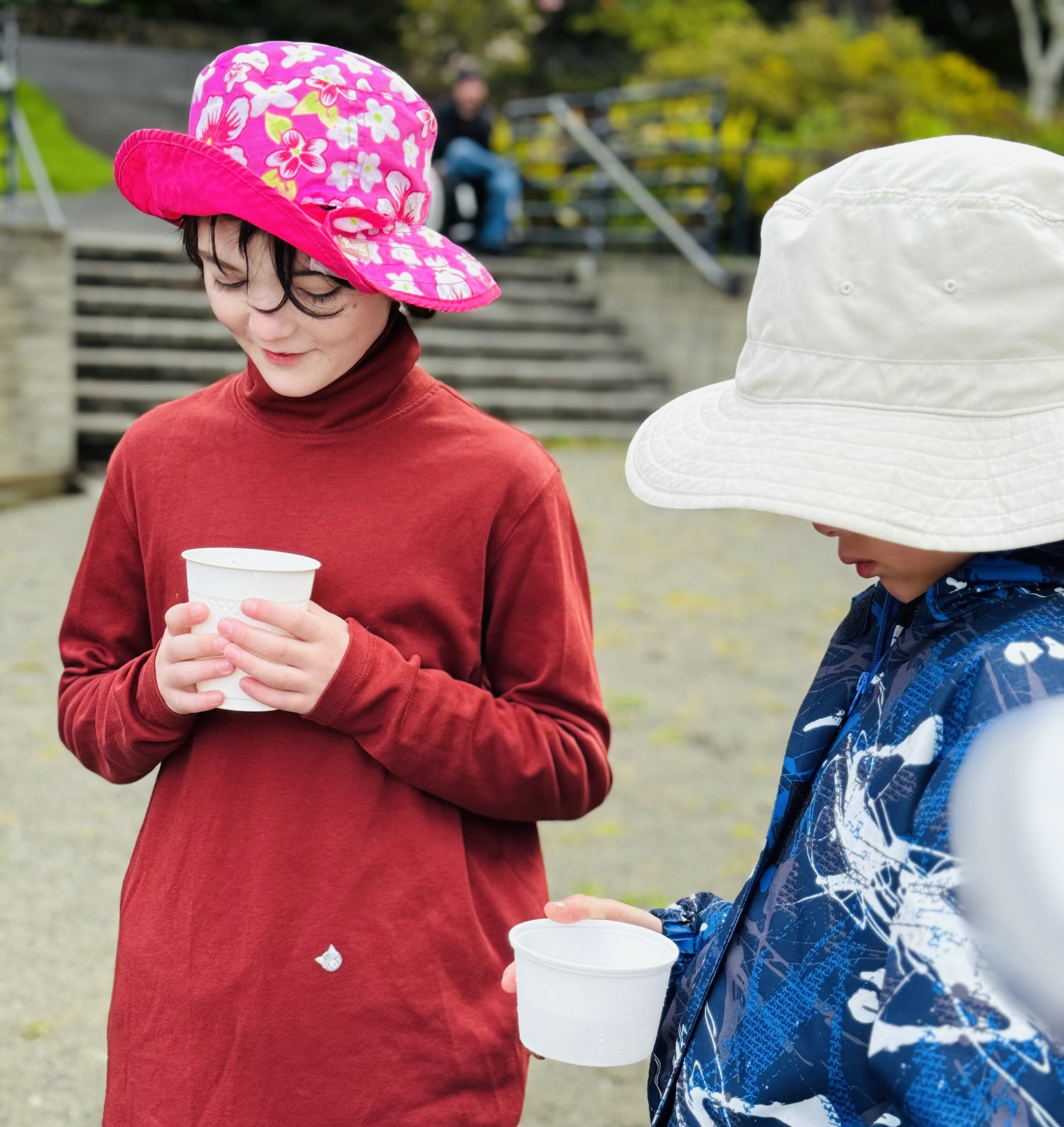
Sample Project Showcase
Showcase
Salmon Diaries
Life-Size Salmon Model
Salmon Boy Story Presentation in Mandarin & English
Salmon Boy Story Presentation in Mandarin & English

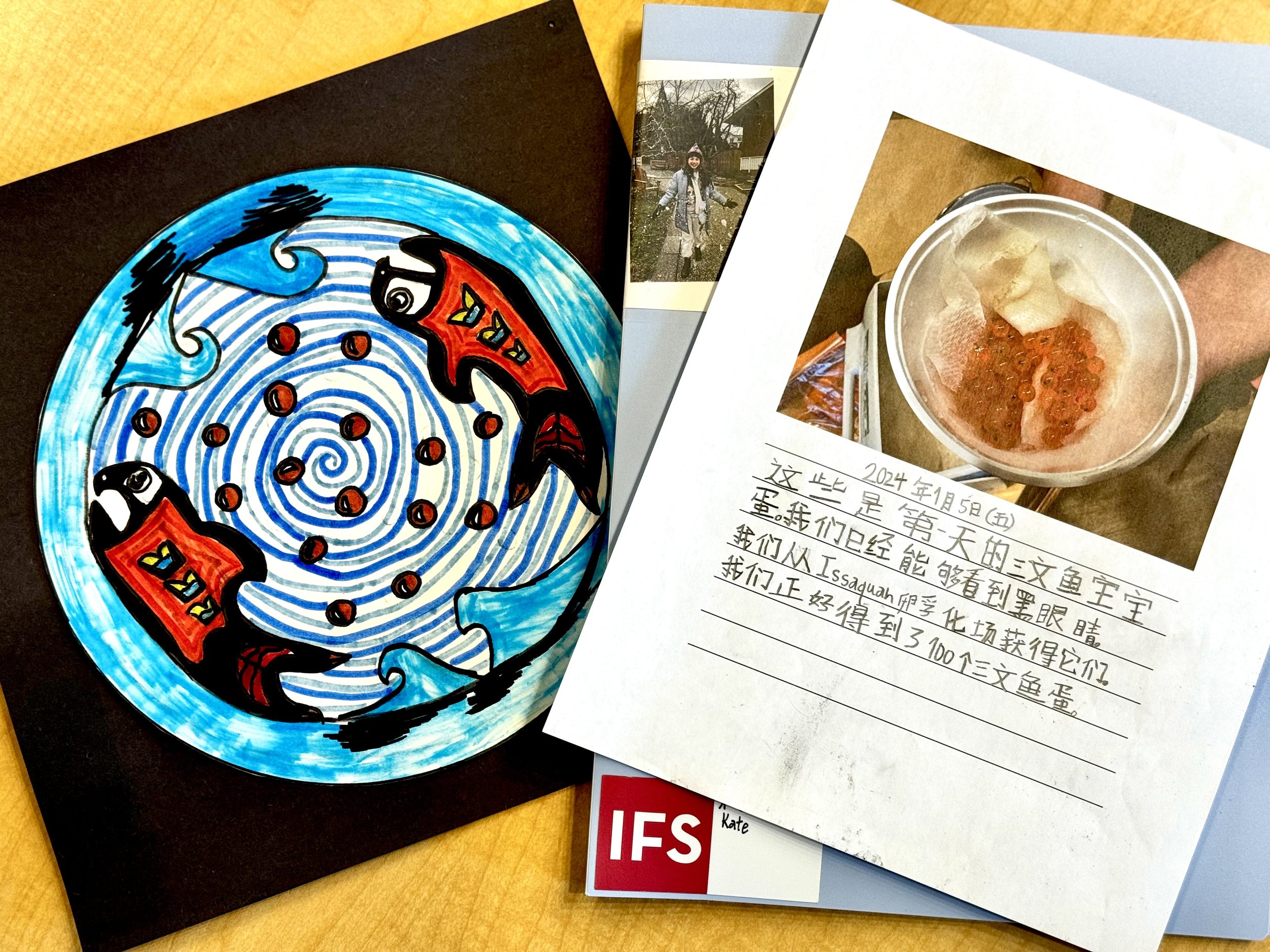
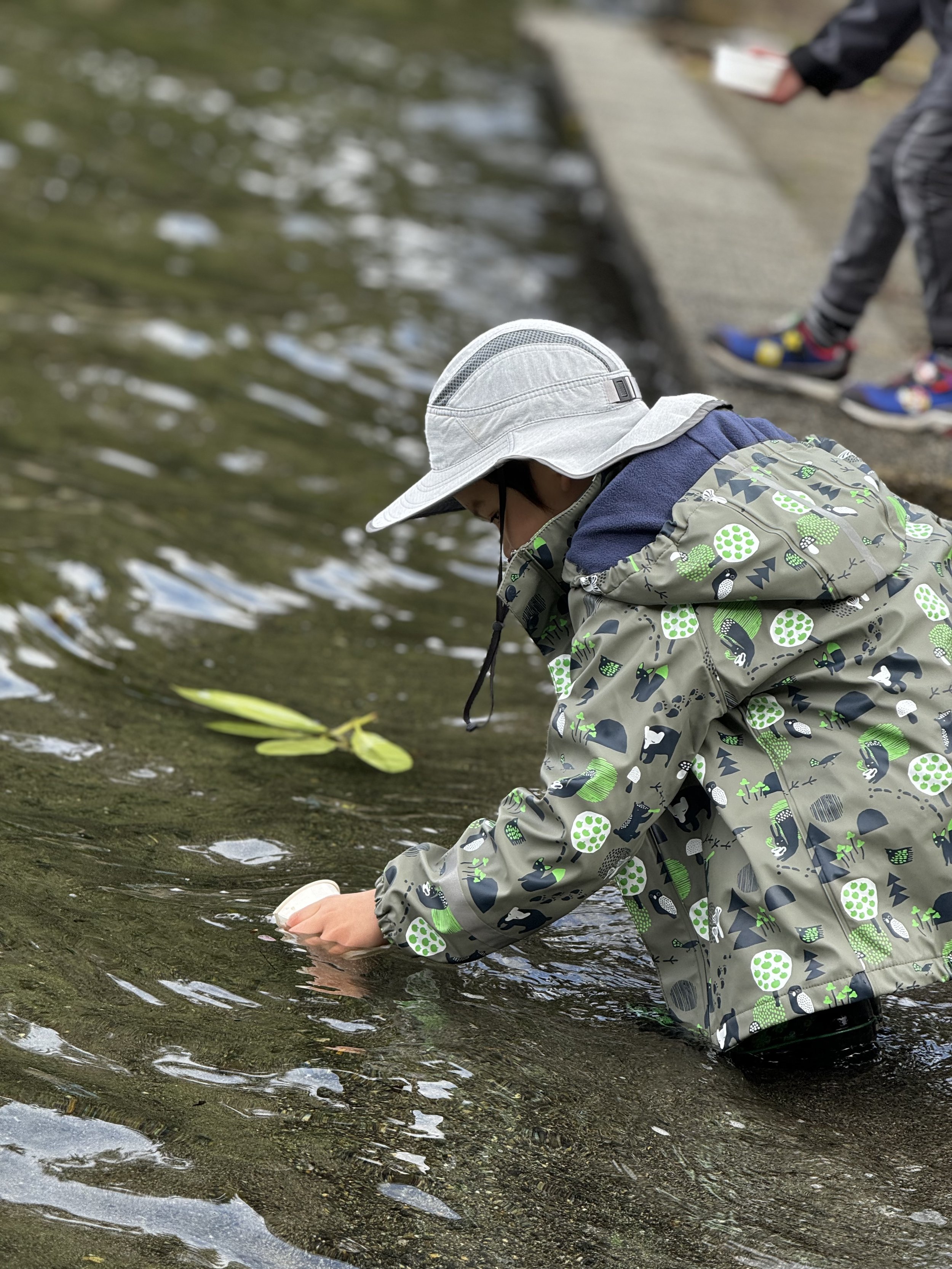
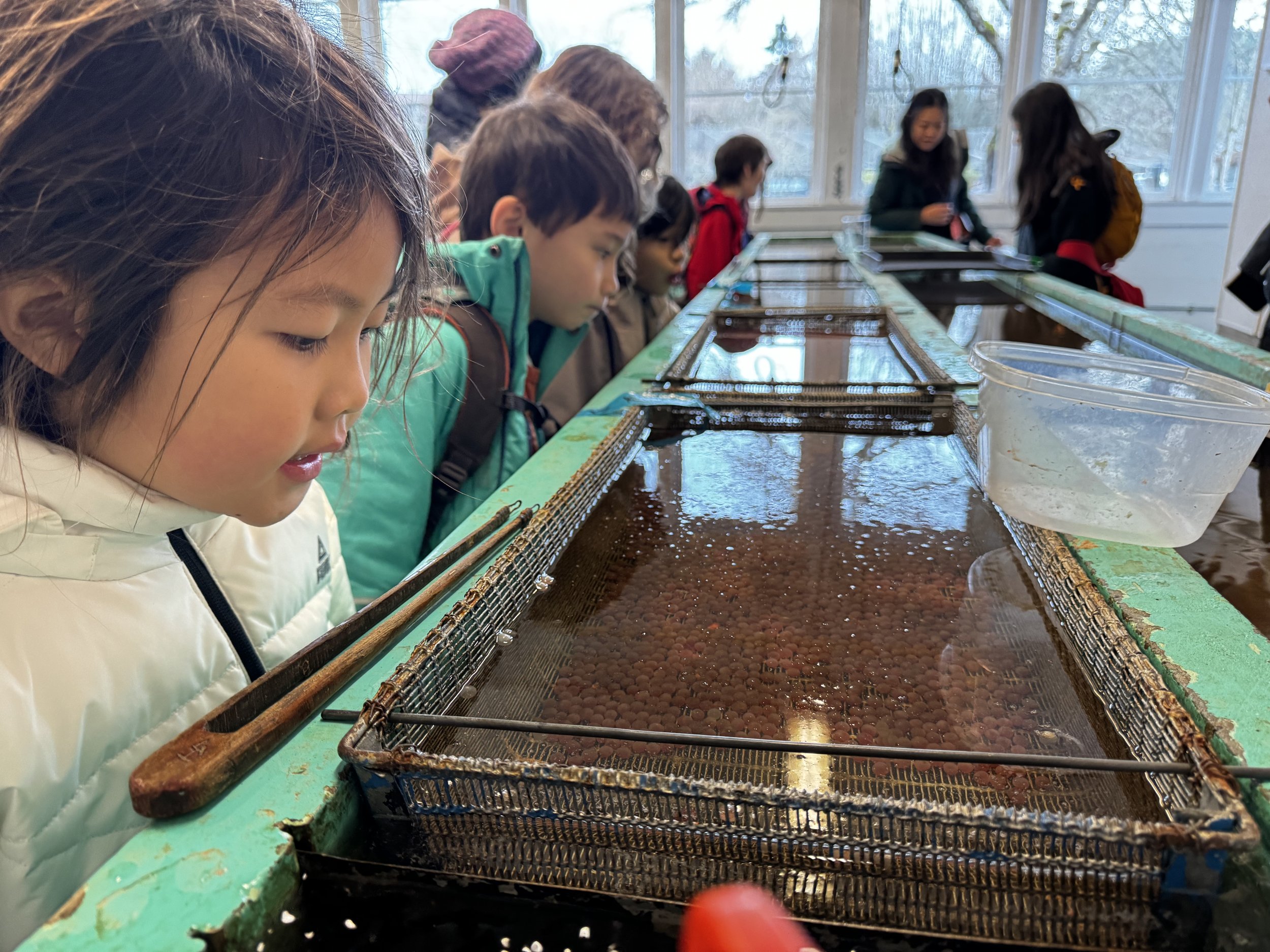
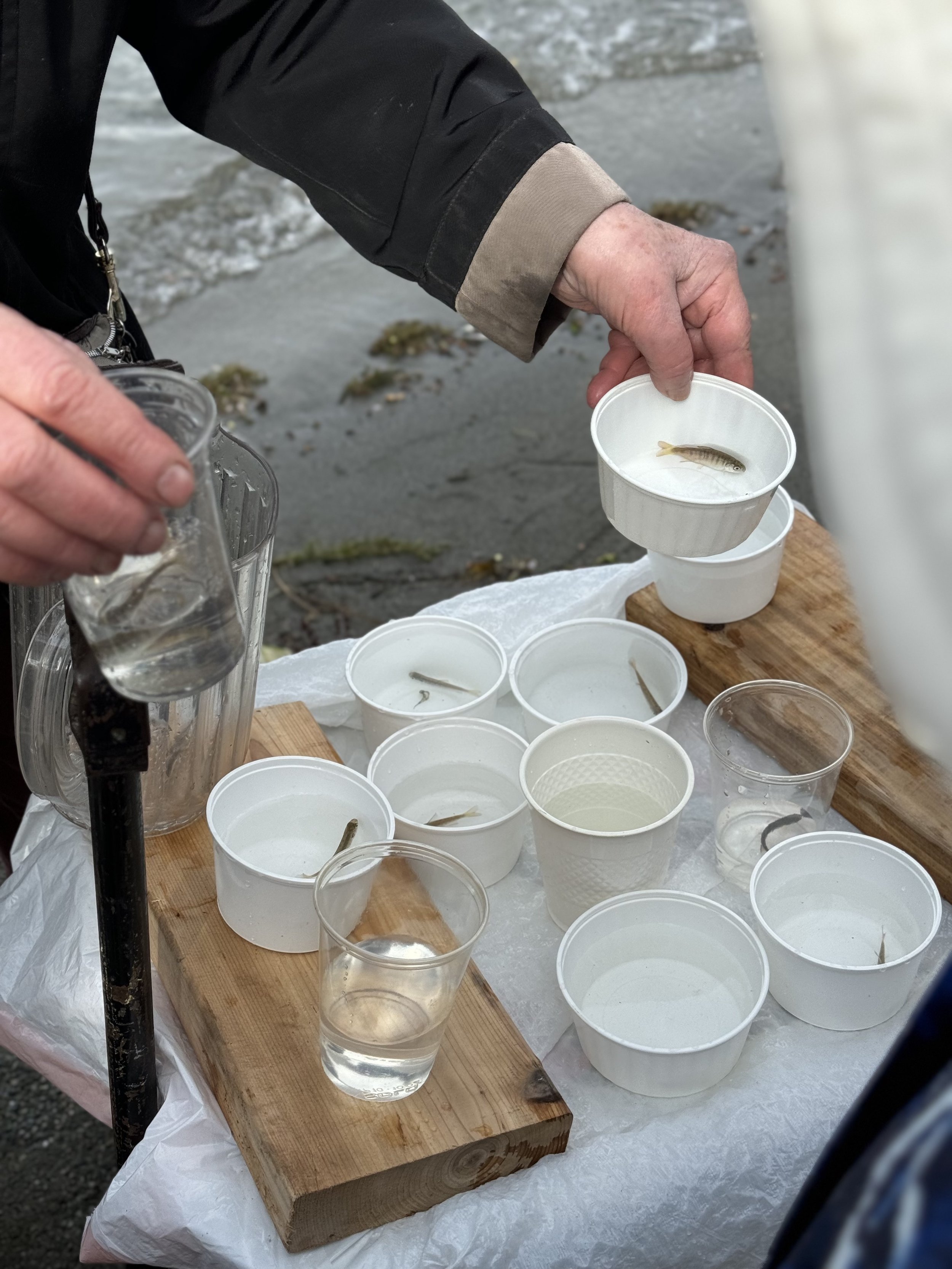
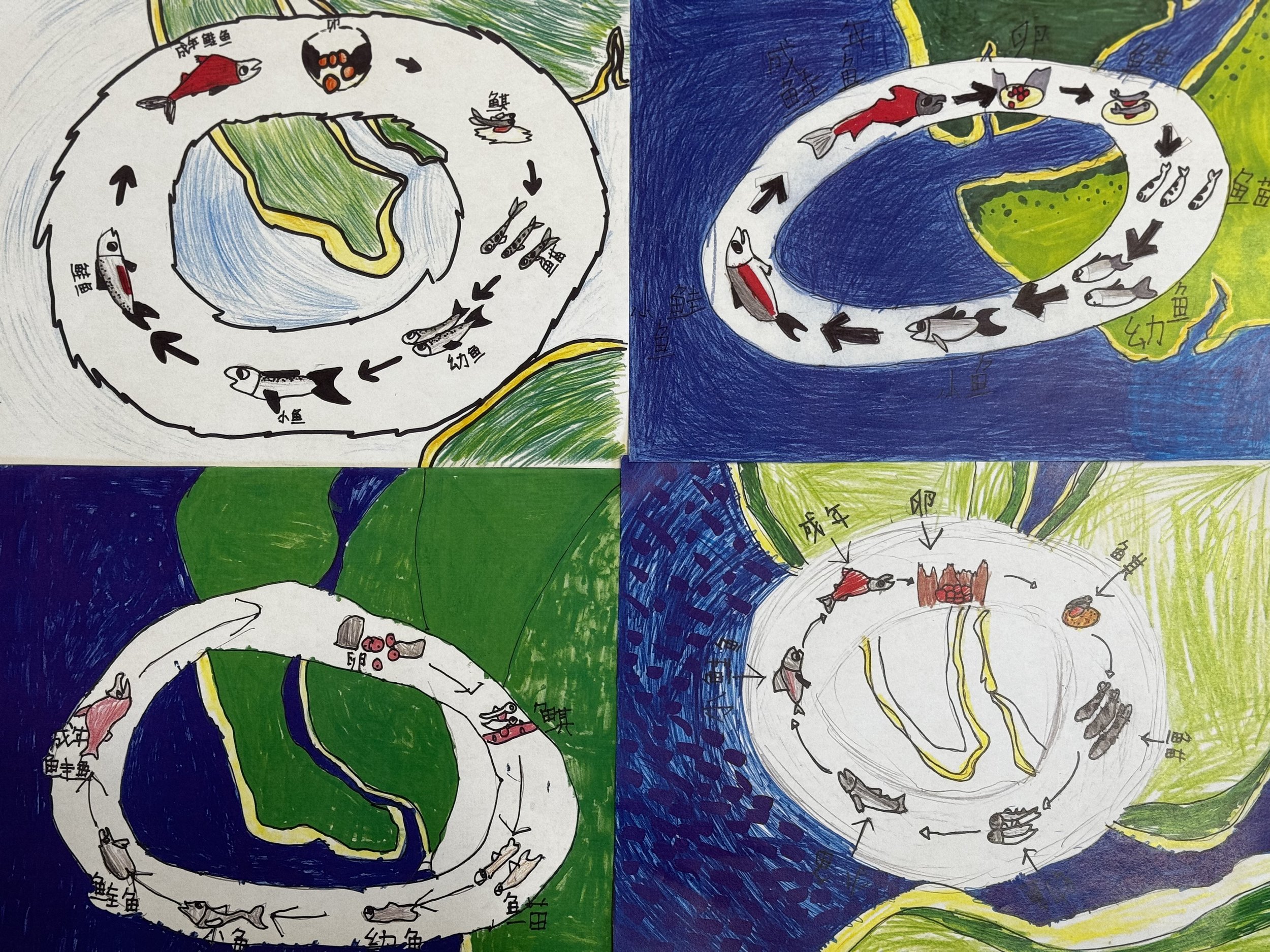
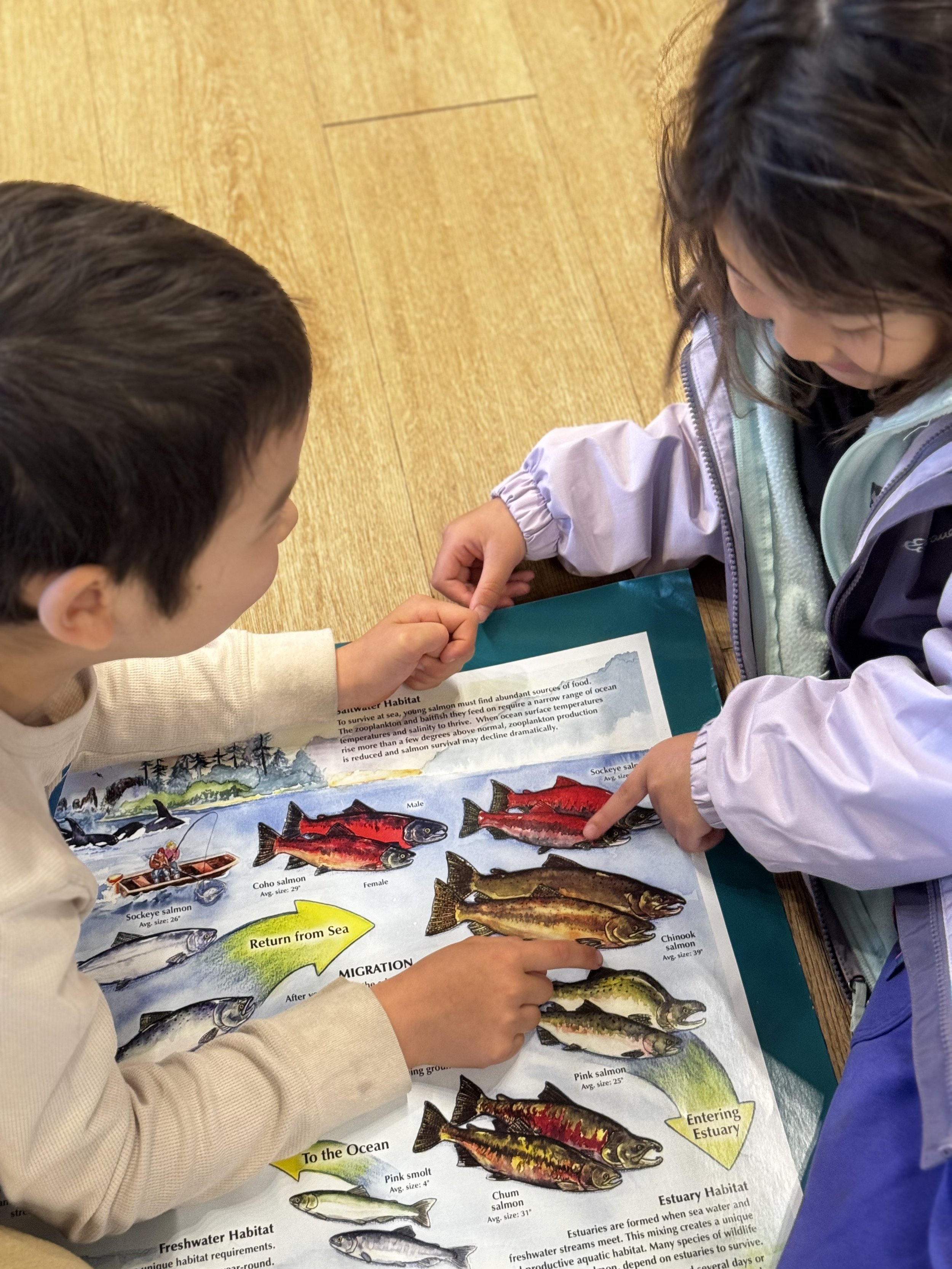

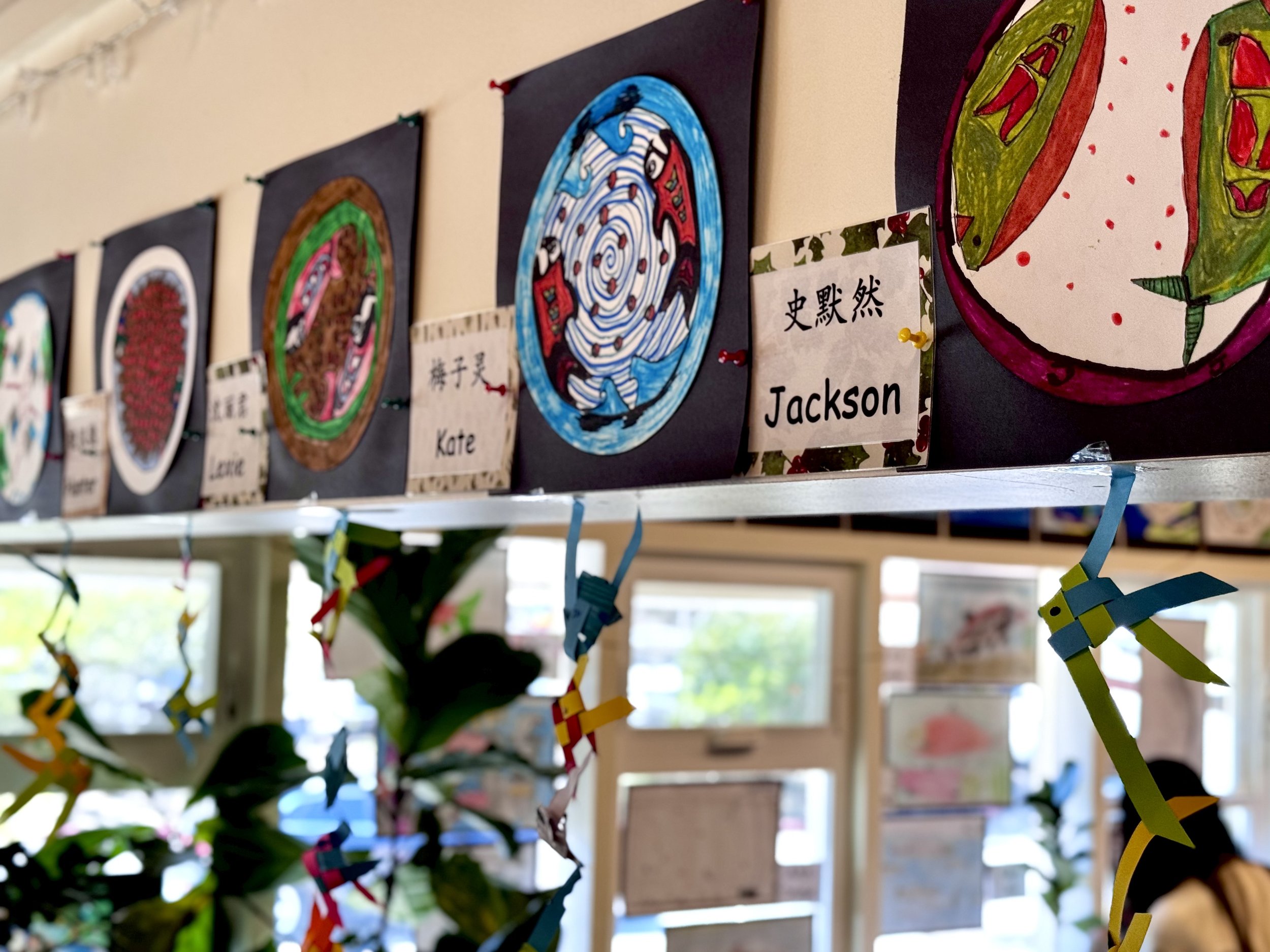
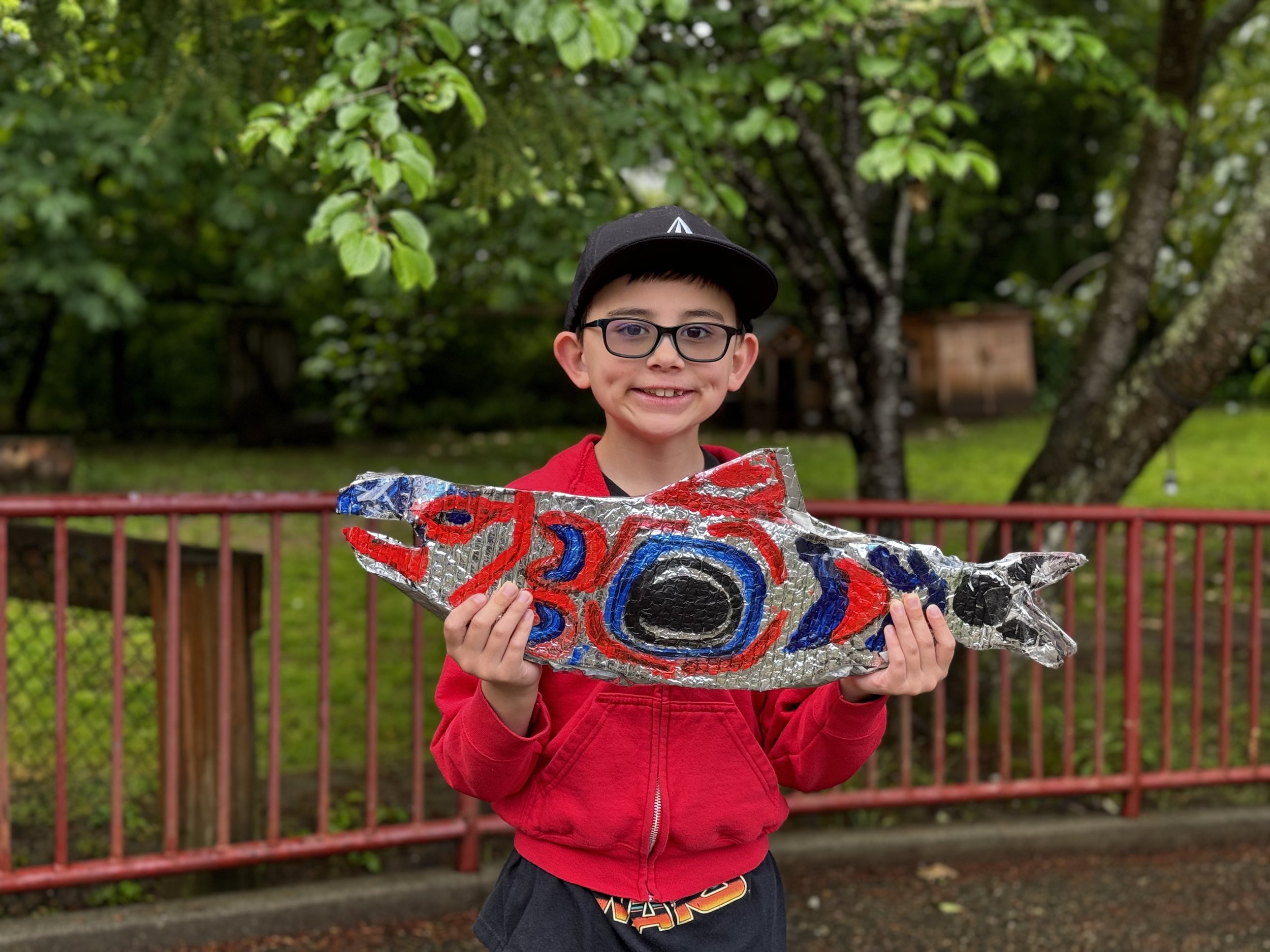
Third-Grade Achievements on Standardized Testing
Instructional Targets for Mandarin at IFS (see Table above) are developed by referencing instructional targets at peer immersion schools, factoring in the percentage of weekly Mandarin instruction. Grade-level targets for English and Math are set by Star Renaissance.
Formal assessments begin in Kindergarten at IFS and include math, English early literacy and reading, and speaking, listening, and reading in Chinese.
Assessment Suite: STAR, STAMP, and Level Learning
Mandarin Testing
In Speaking and Listening skills, our students consistently continue to move through the Intermediate mid and high levels in third grade.
Students consistently reach Novice High - Intermediate low level in Reading.
Intermediate level speakers can participate in spontaneous spoken conversations on familiar topics, creating sentences and series of sentences to ask and answer a variety of questions. They can communicate information, make presentations, and express thoughts about familiar topics, using sentences and series of connected sentences through spoken language.
Novice High readers can identify the topic and some isolated elements from simple sentences in short informational and fictional texts.
Math STAR Assessment
On the STAR Math Assessment (grammar, phonics etc.) the average Grade Level Equivalent for student’s scores was 5.0 - equivalent to a student who has started 5th grade.
Over the past 3 years, the STAR Assessment Math average across K-3rd is 92.3%
English Reading Assessment
On the STAR English Reading Assessment (grammar, phonics etc.) the average Grade Level Equivalent for student’s scores was 5.1 - equivalent to a student who has started 5th grade.
100% of 3rd Graders are reading at or above grade level in English.
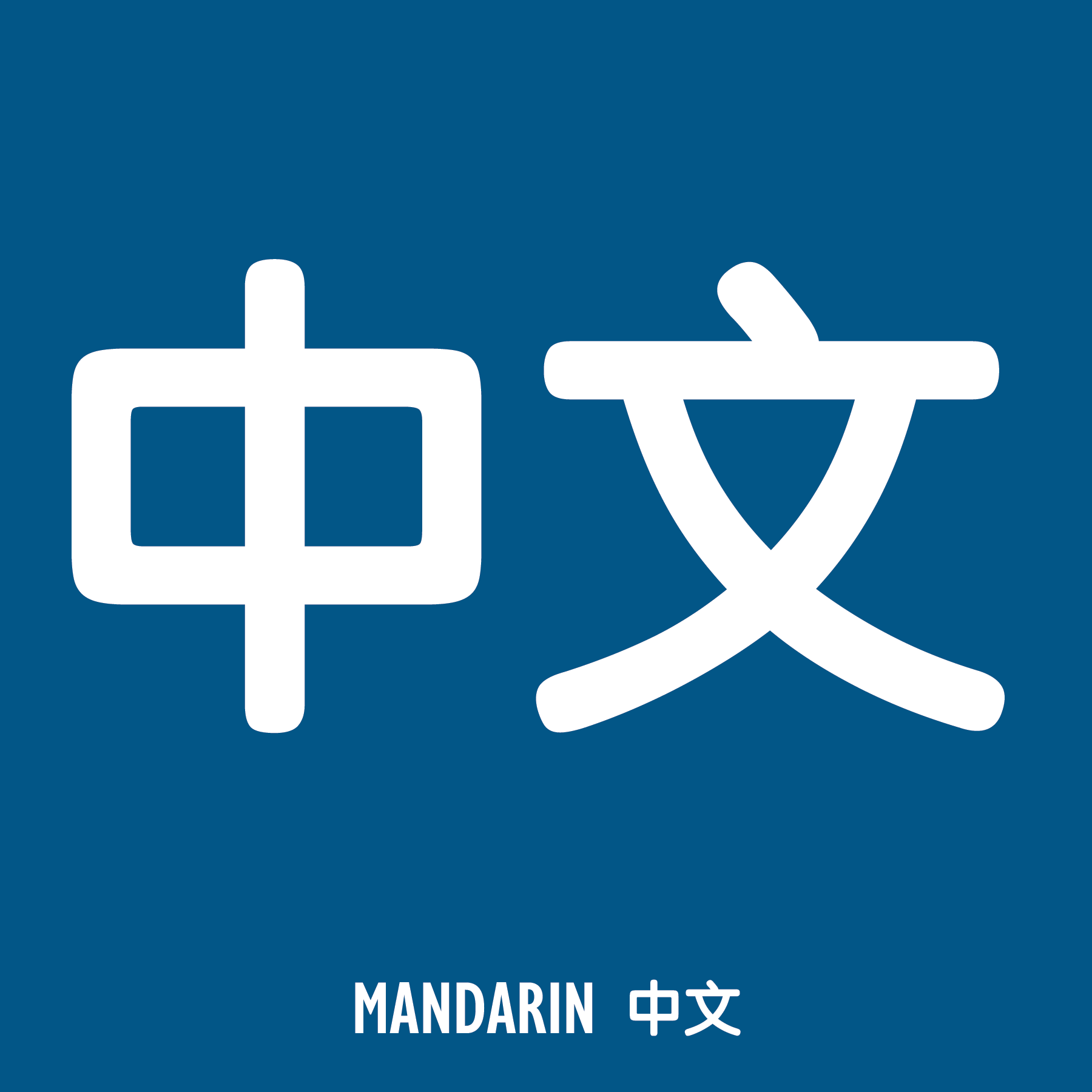
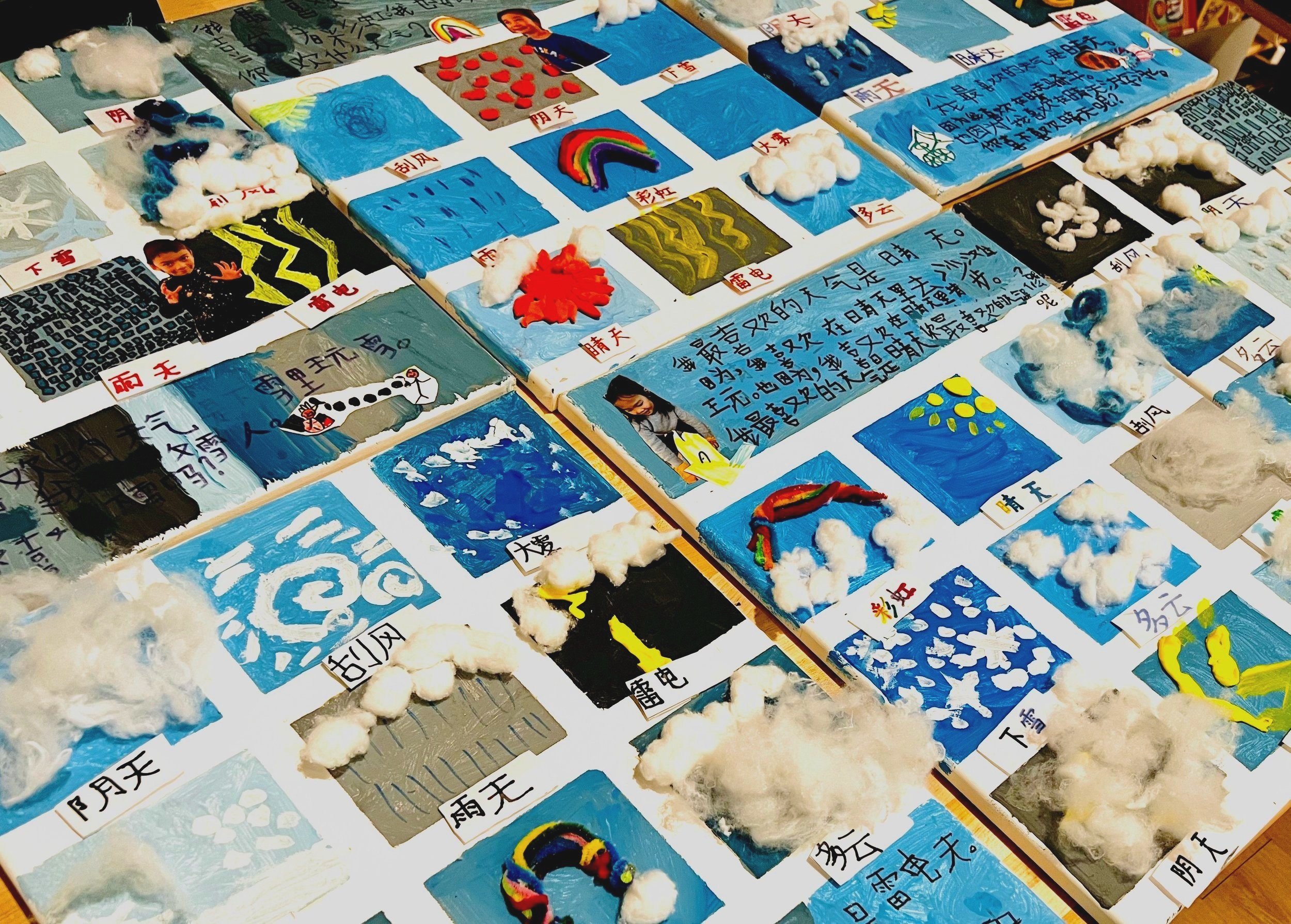
Weather Patterns + Climate
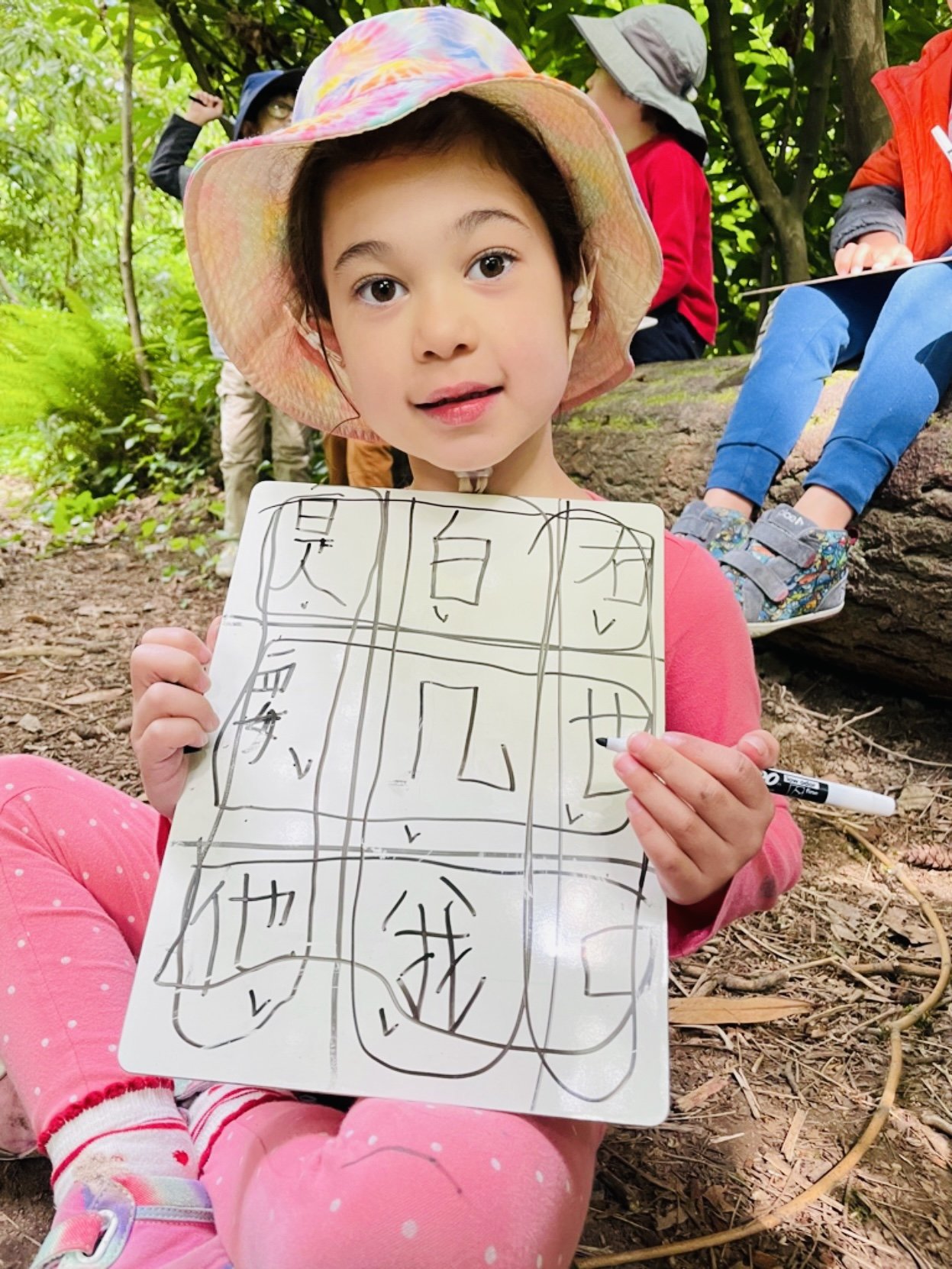




Honey Bee Project
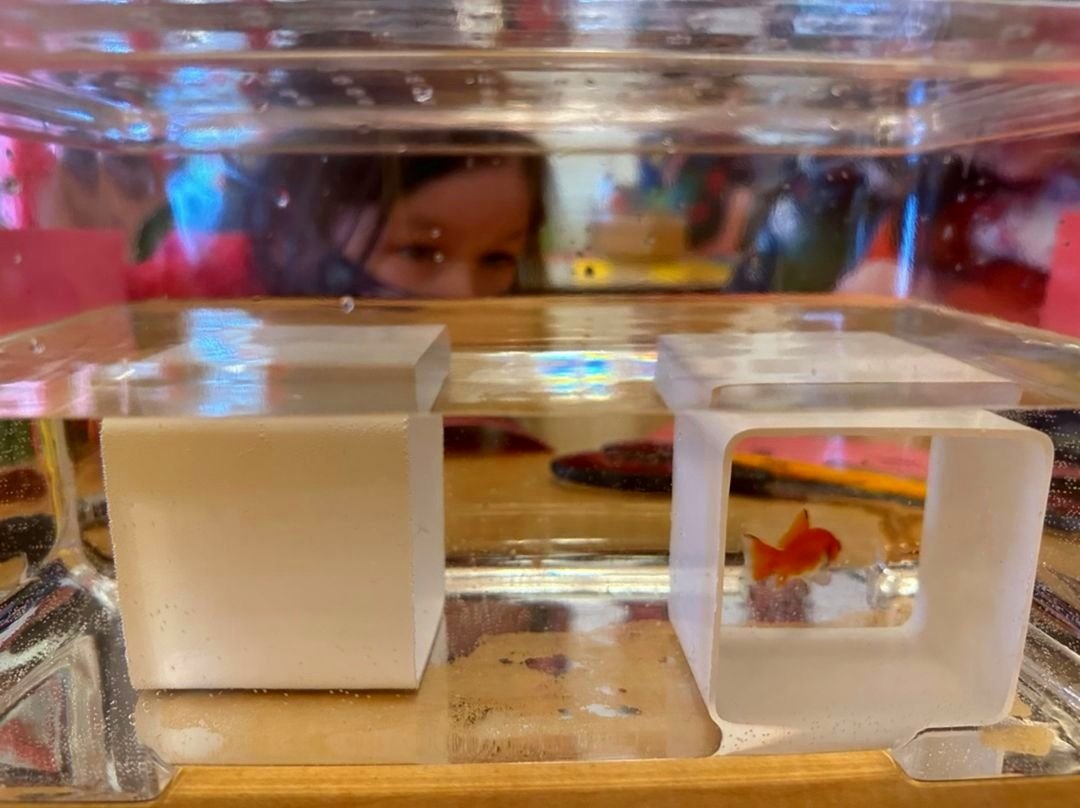
Animal Habitats
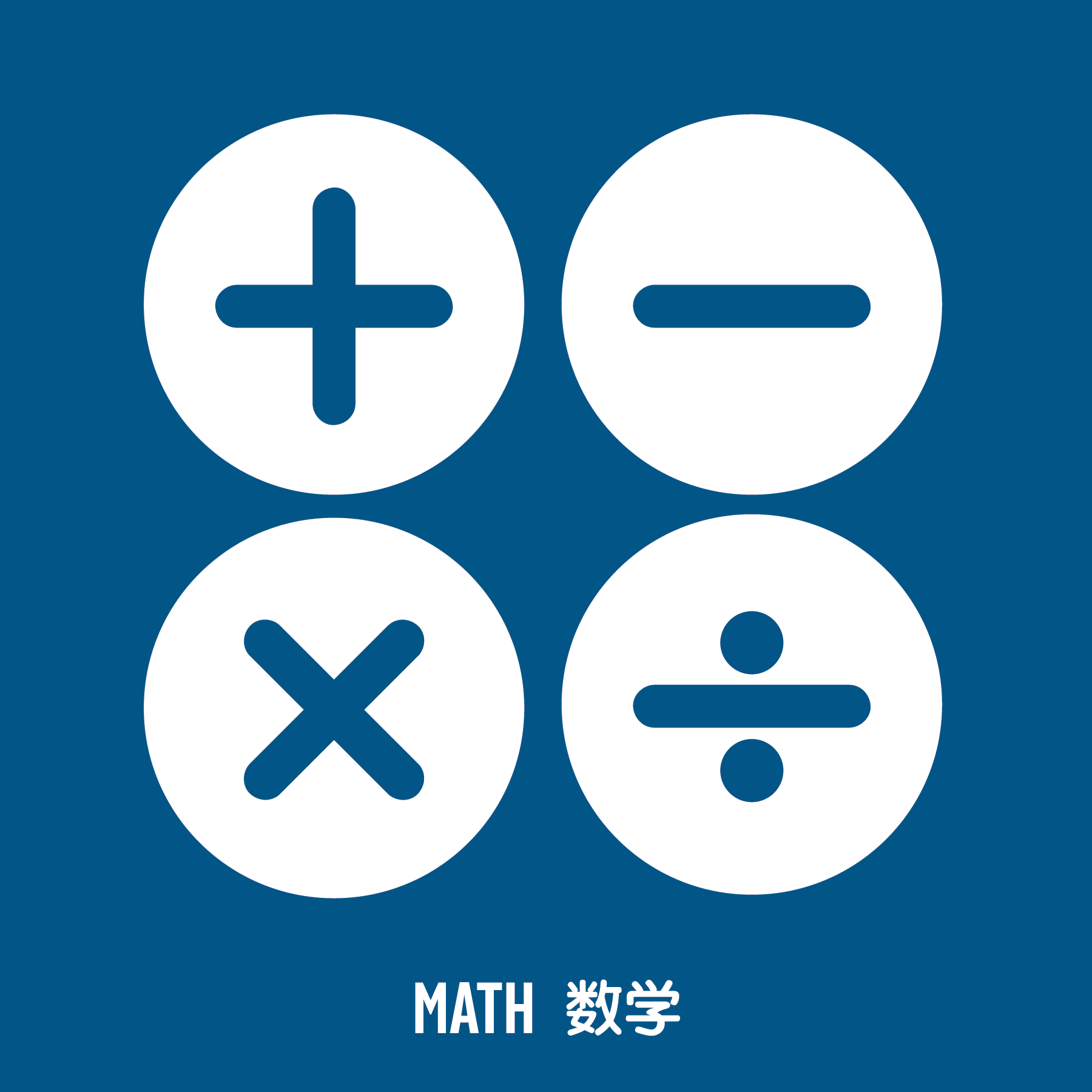

Place Value Man
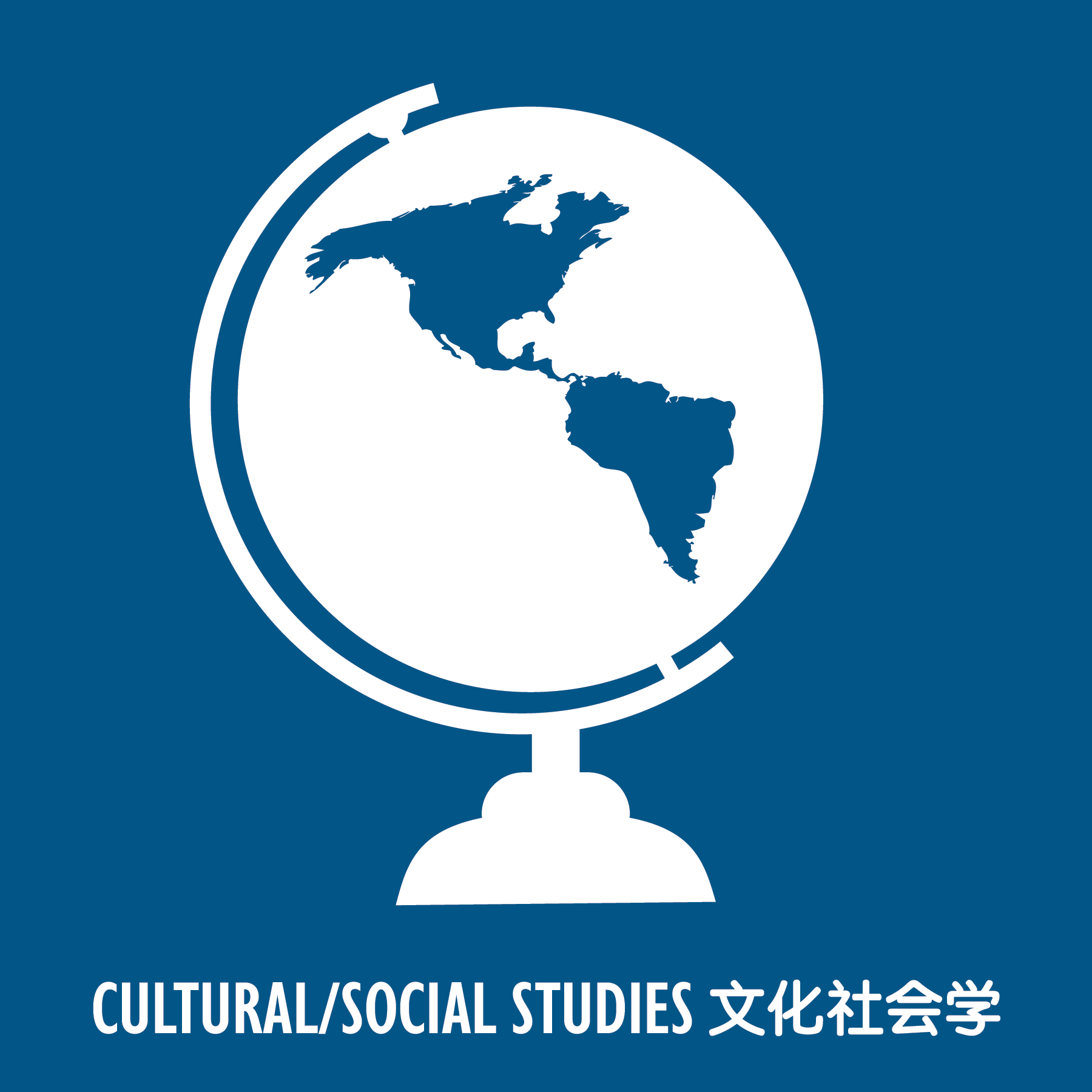
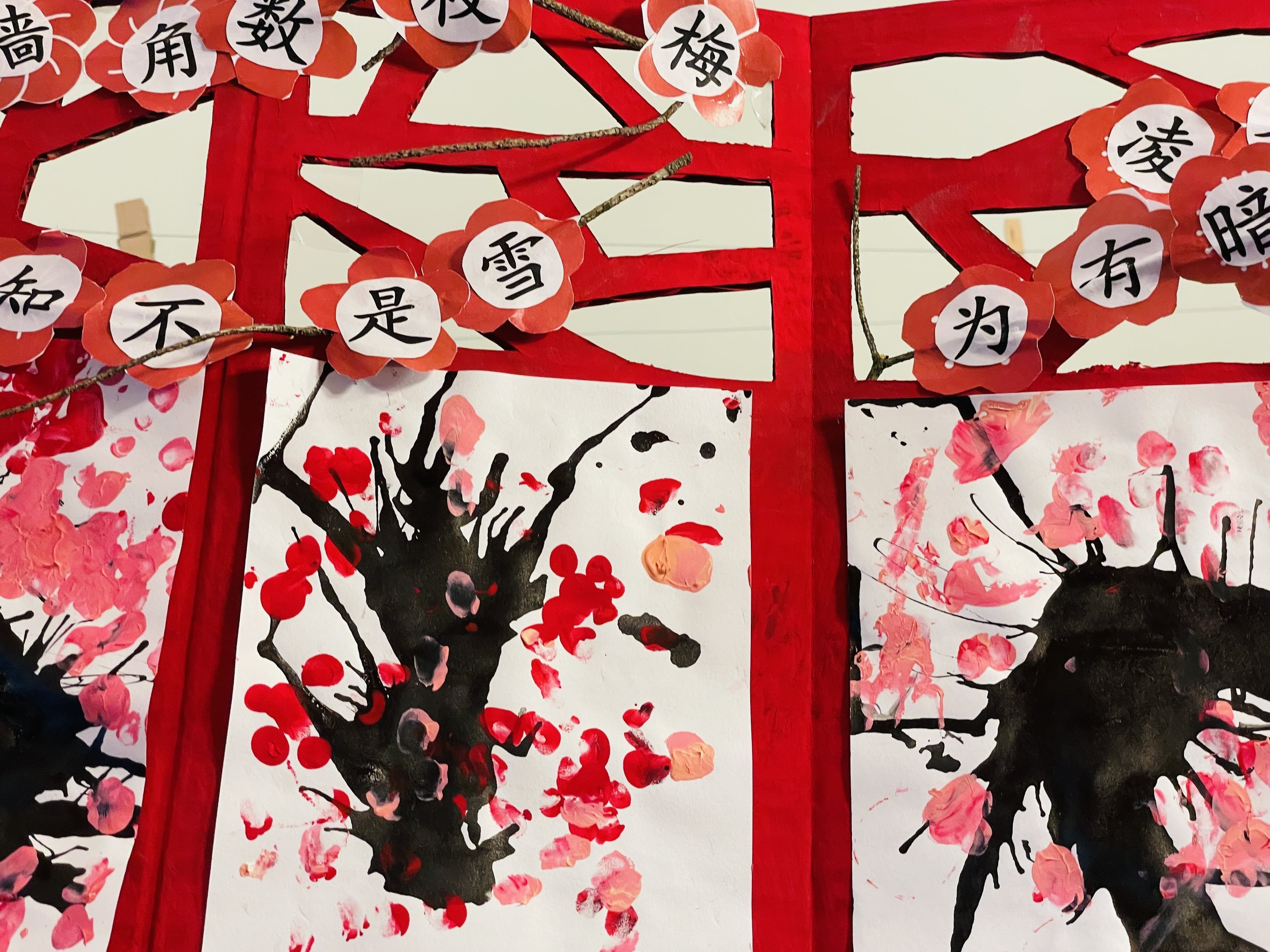

PreK Students have Art + Maker Space everyday
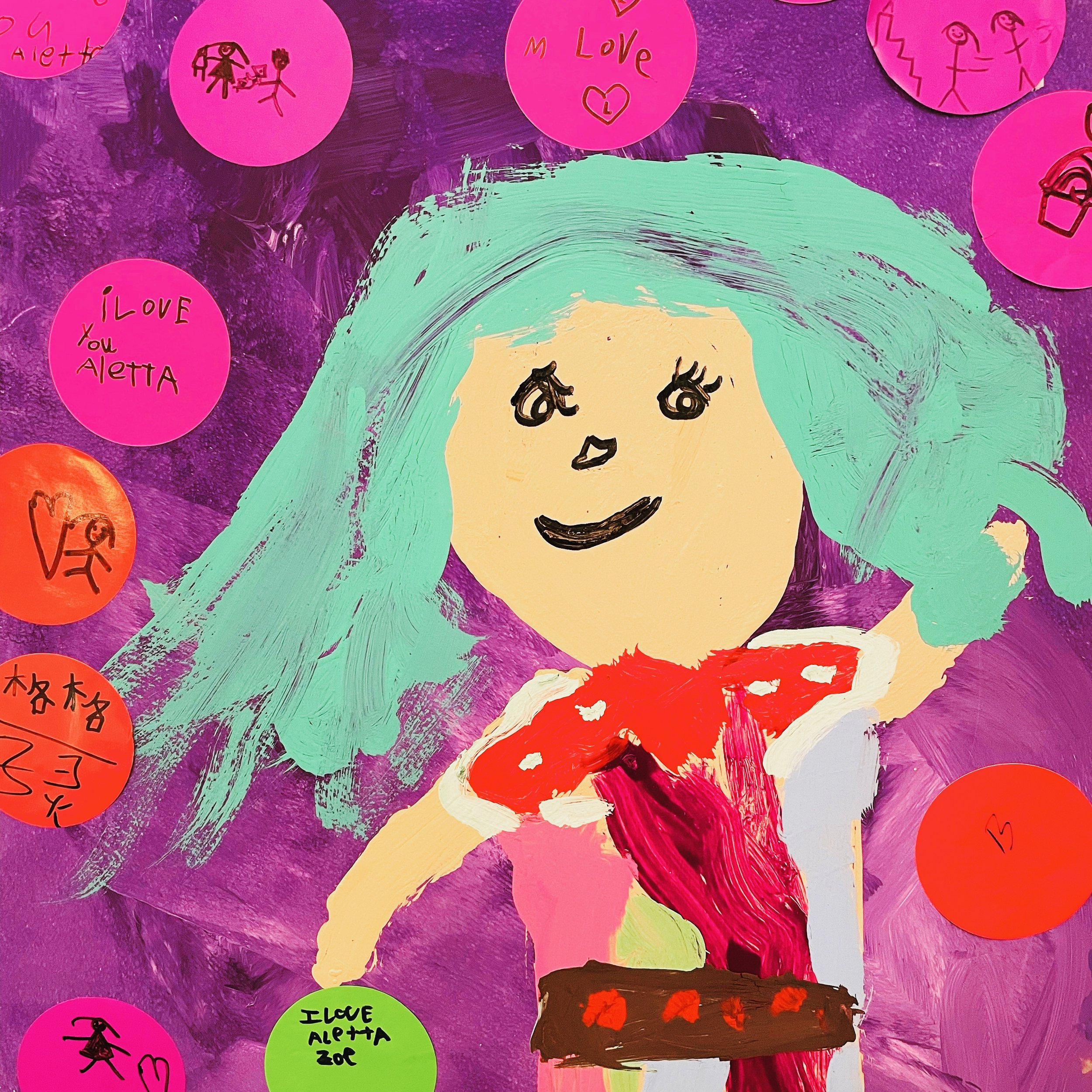
Our unique beauty
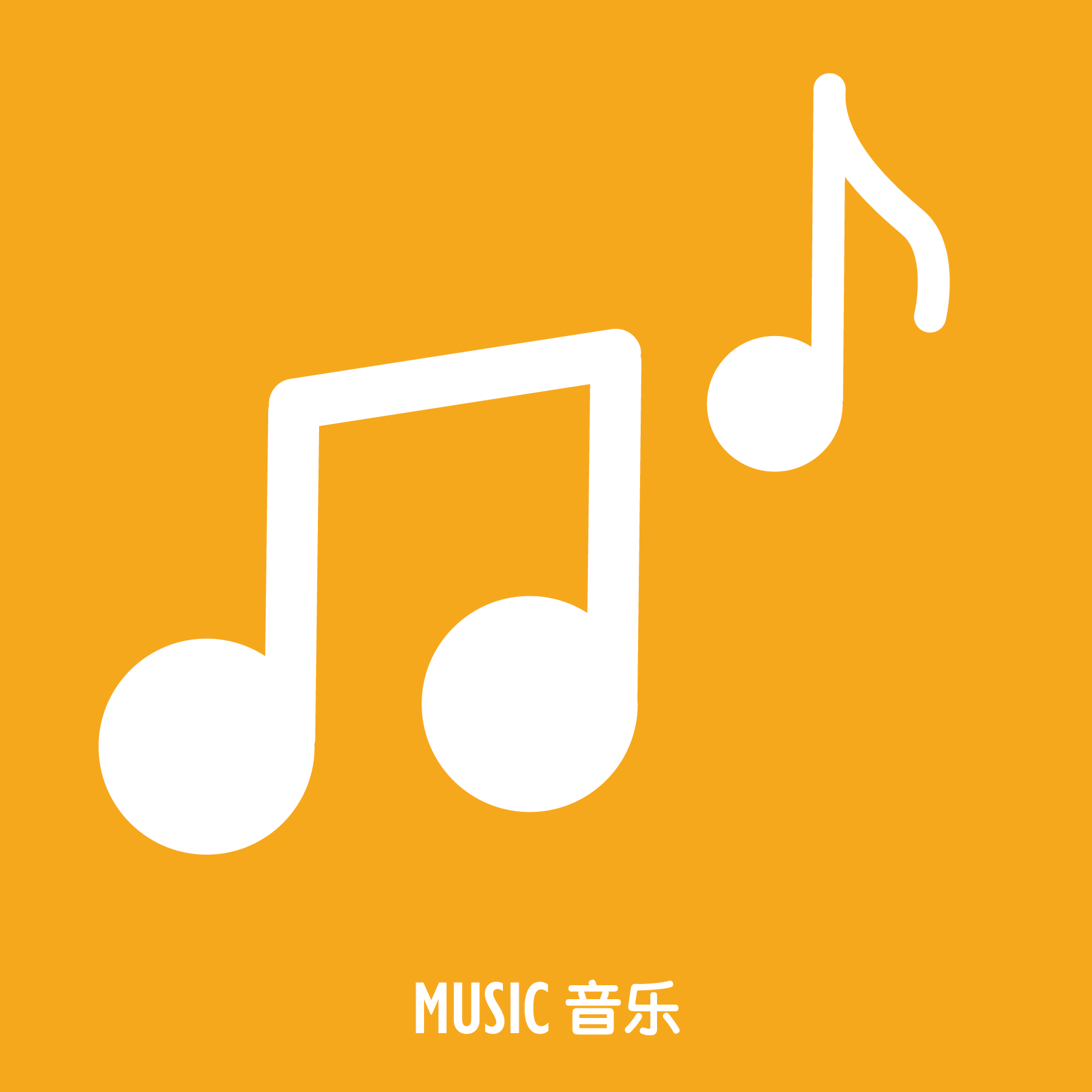
Music everyday

SEL Units such as Empathy + Integrity

Positive Self Talk
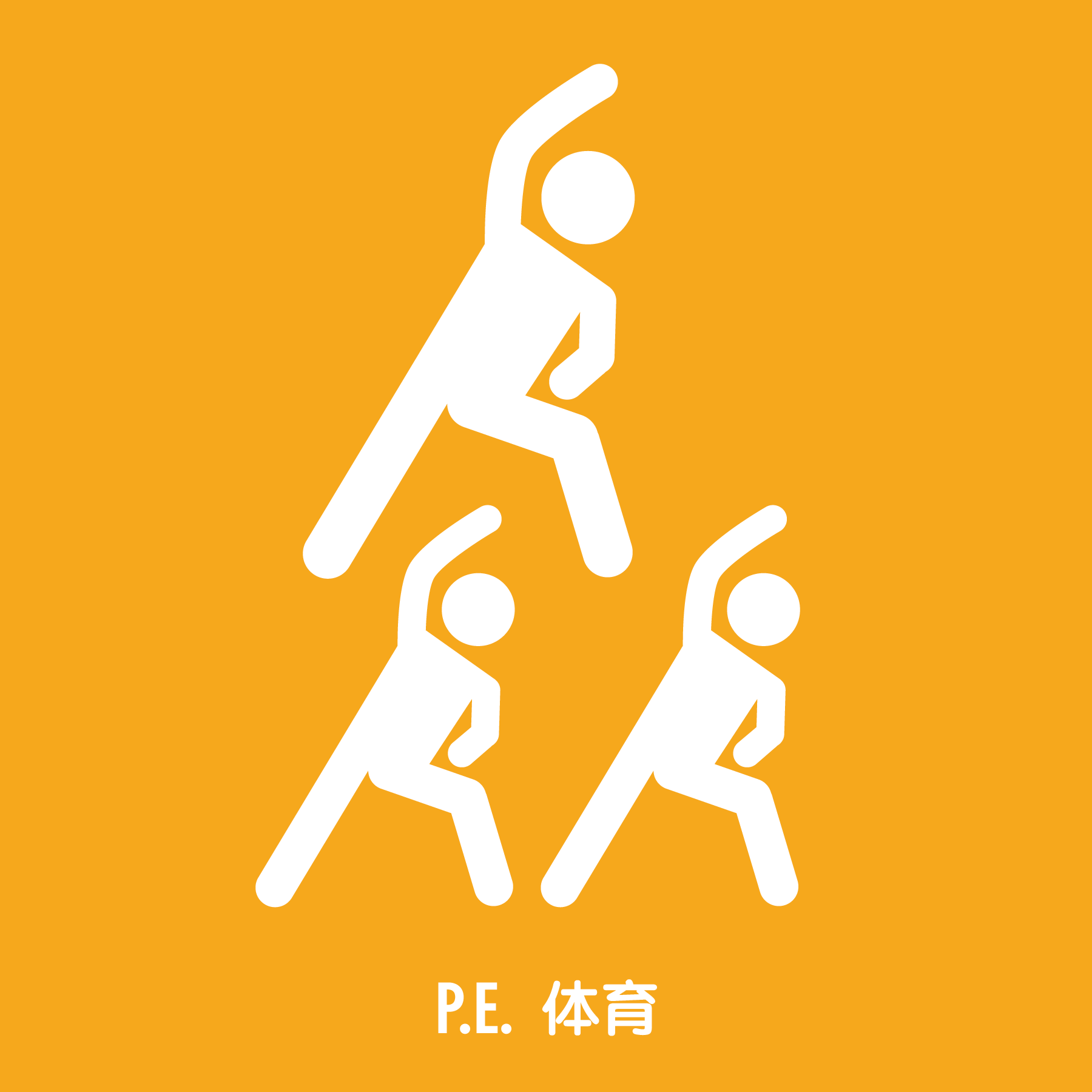
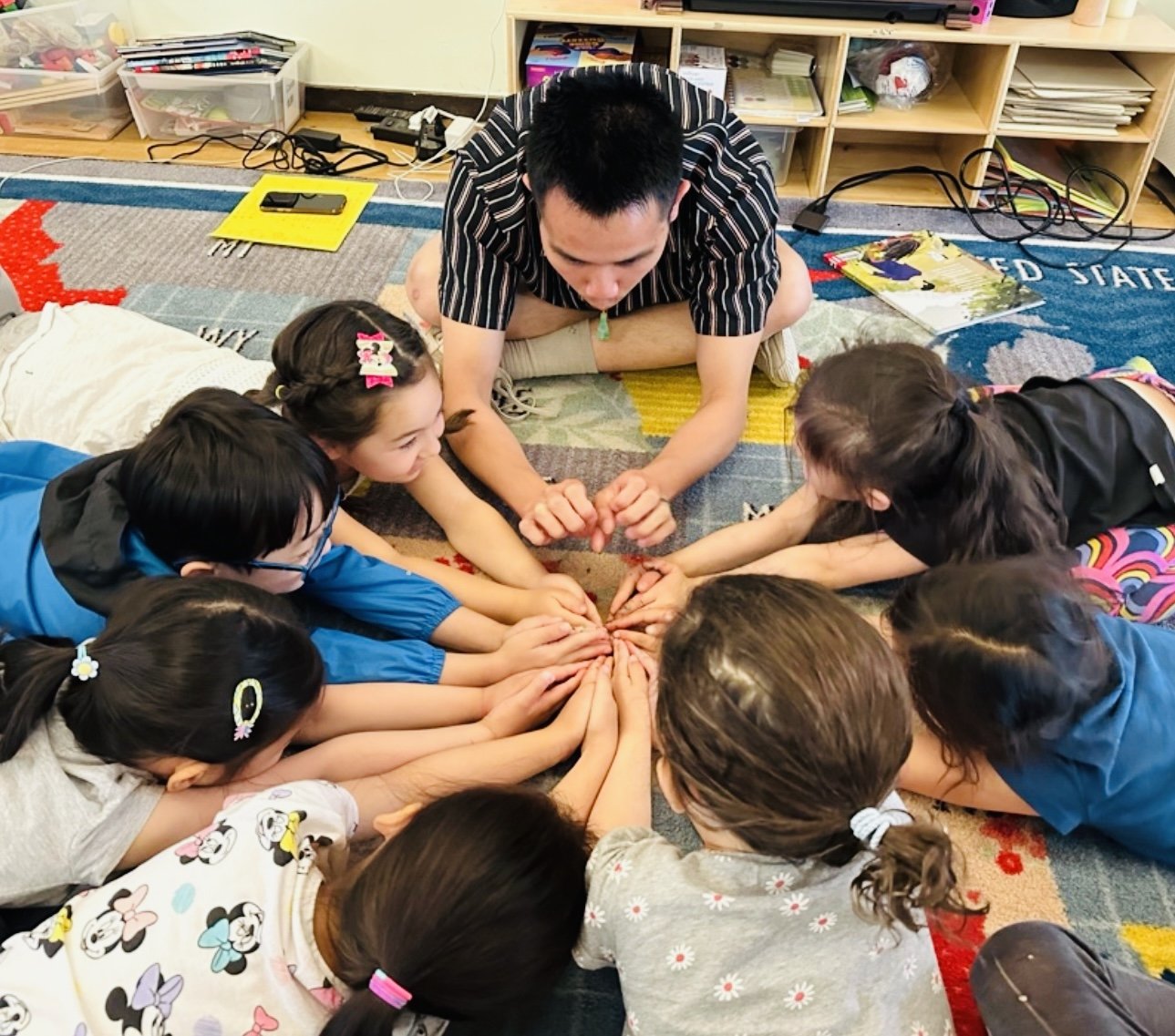
Discussing problem solving

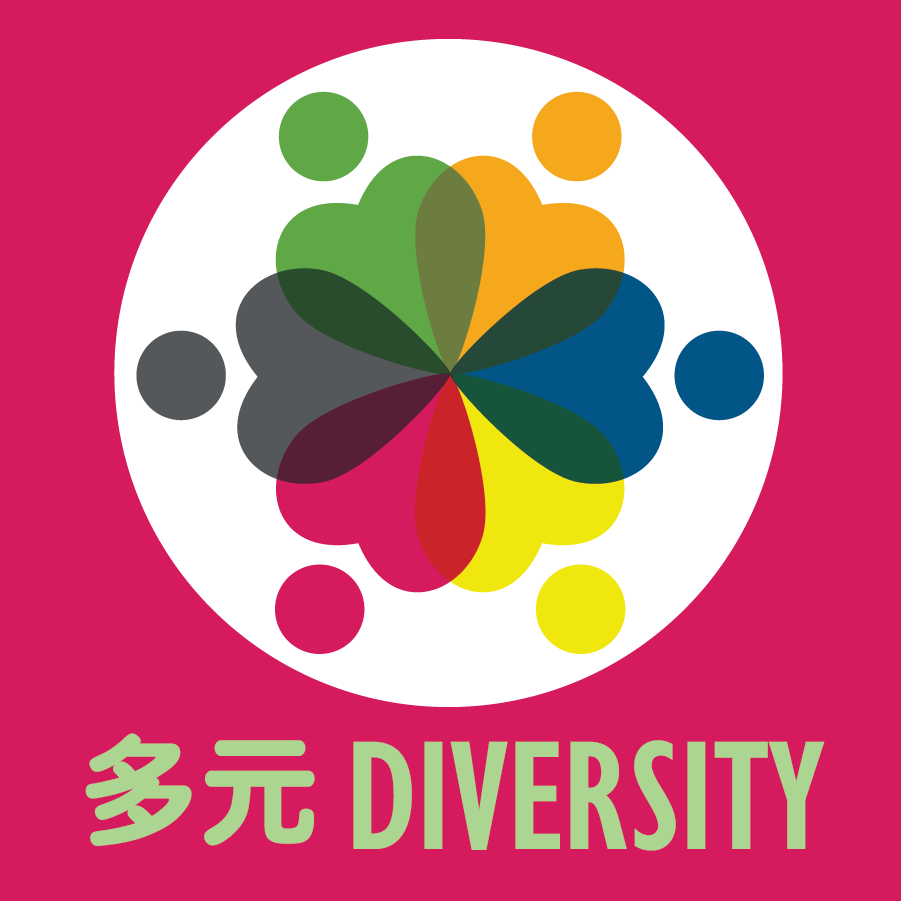

Global Village Celebration
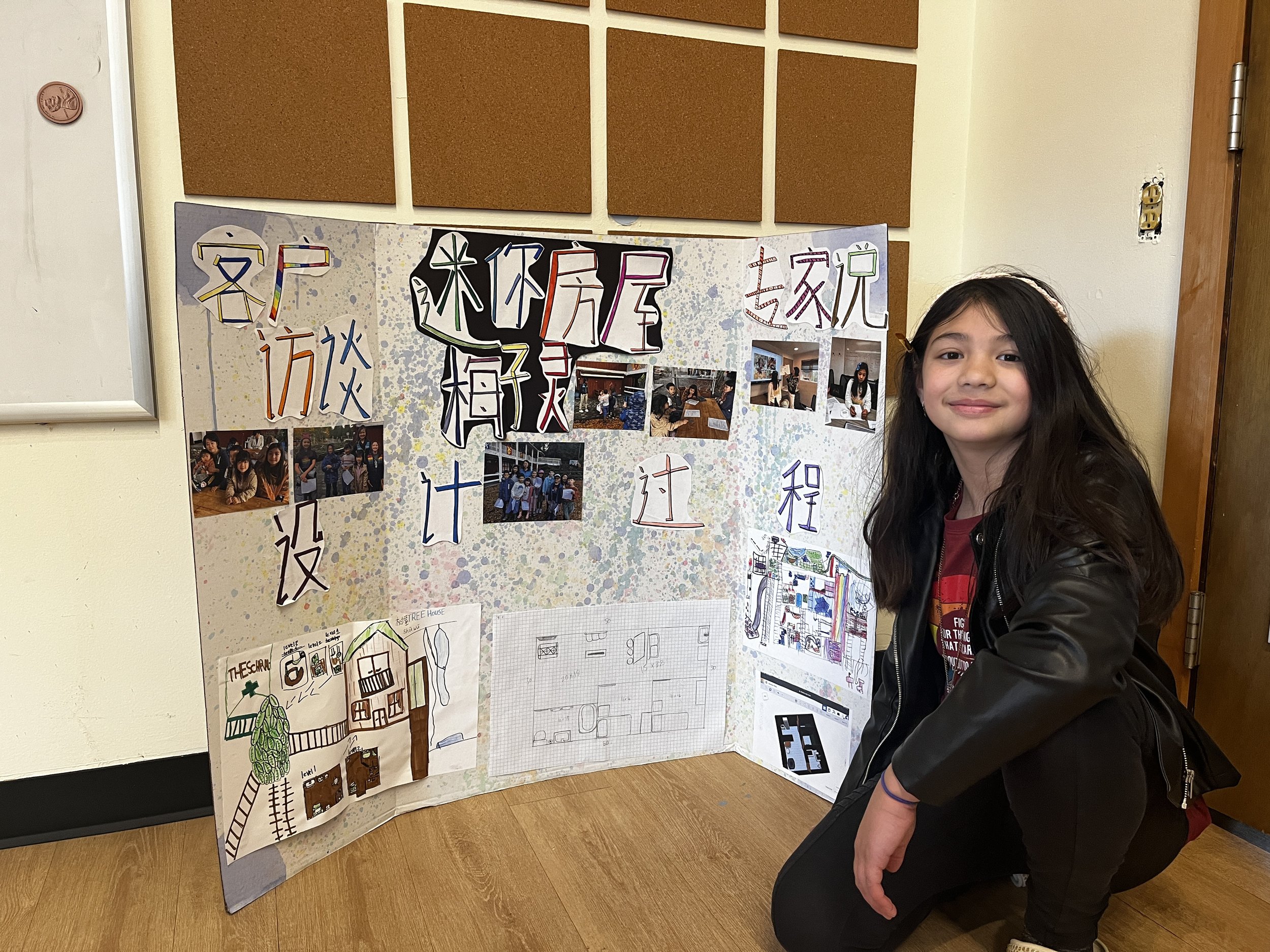
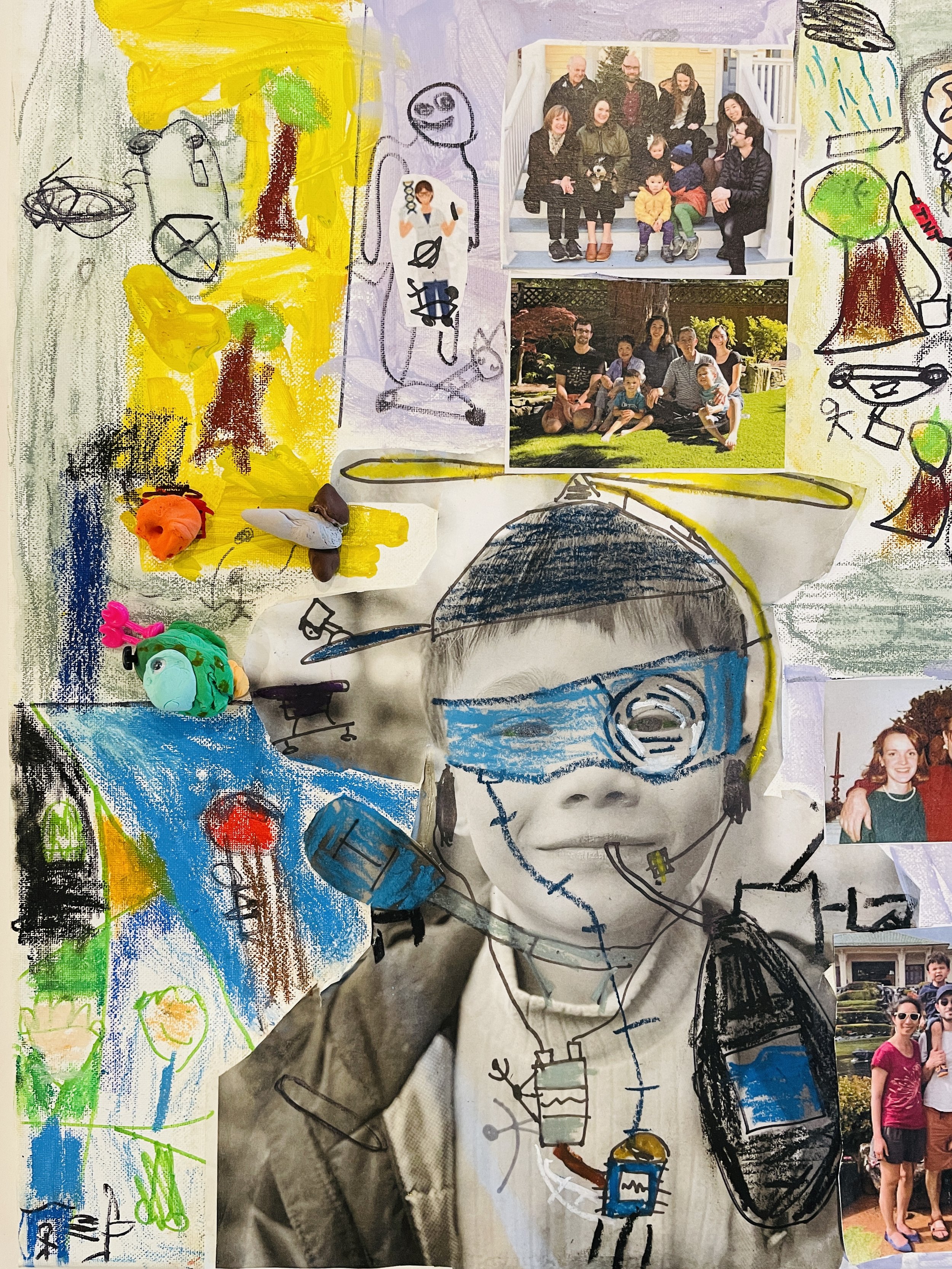


Supporting Writers



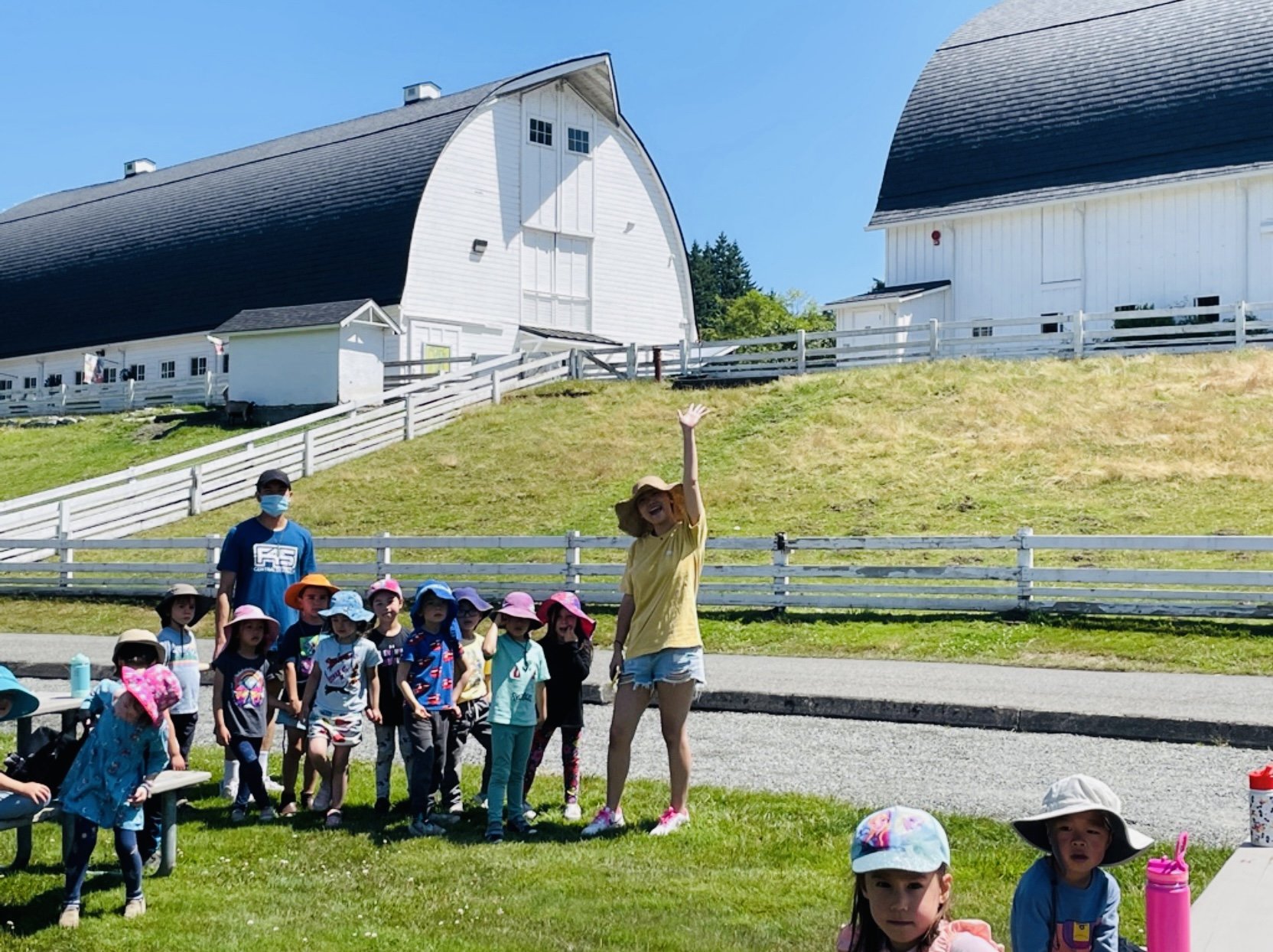
Kesley Creek Farm

